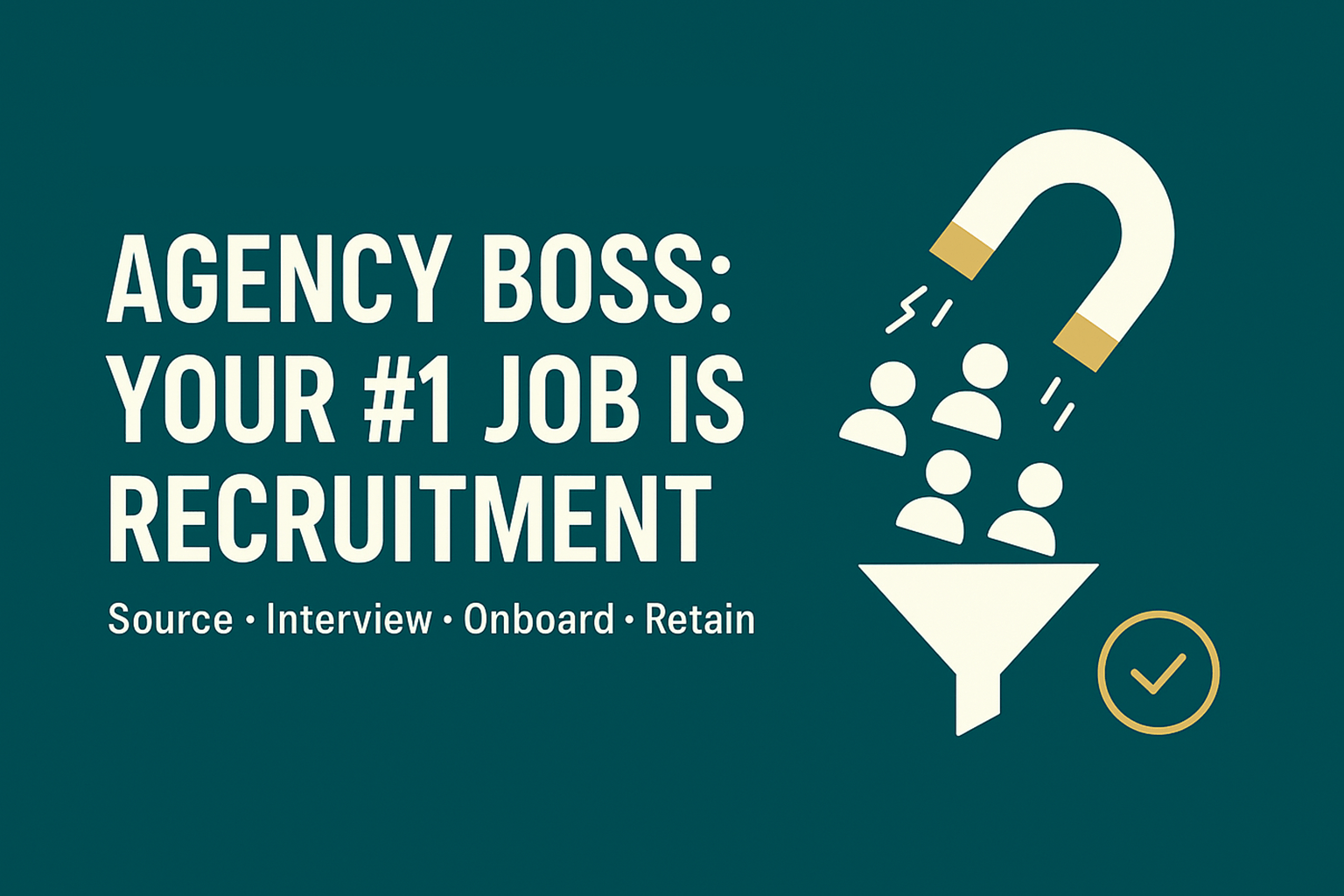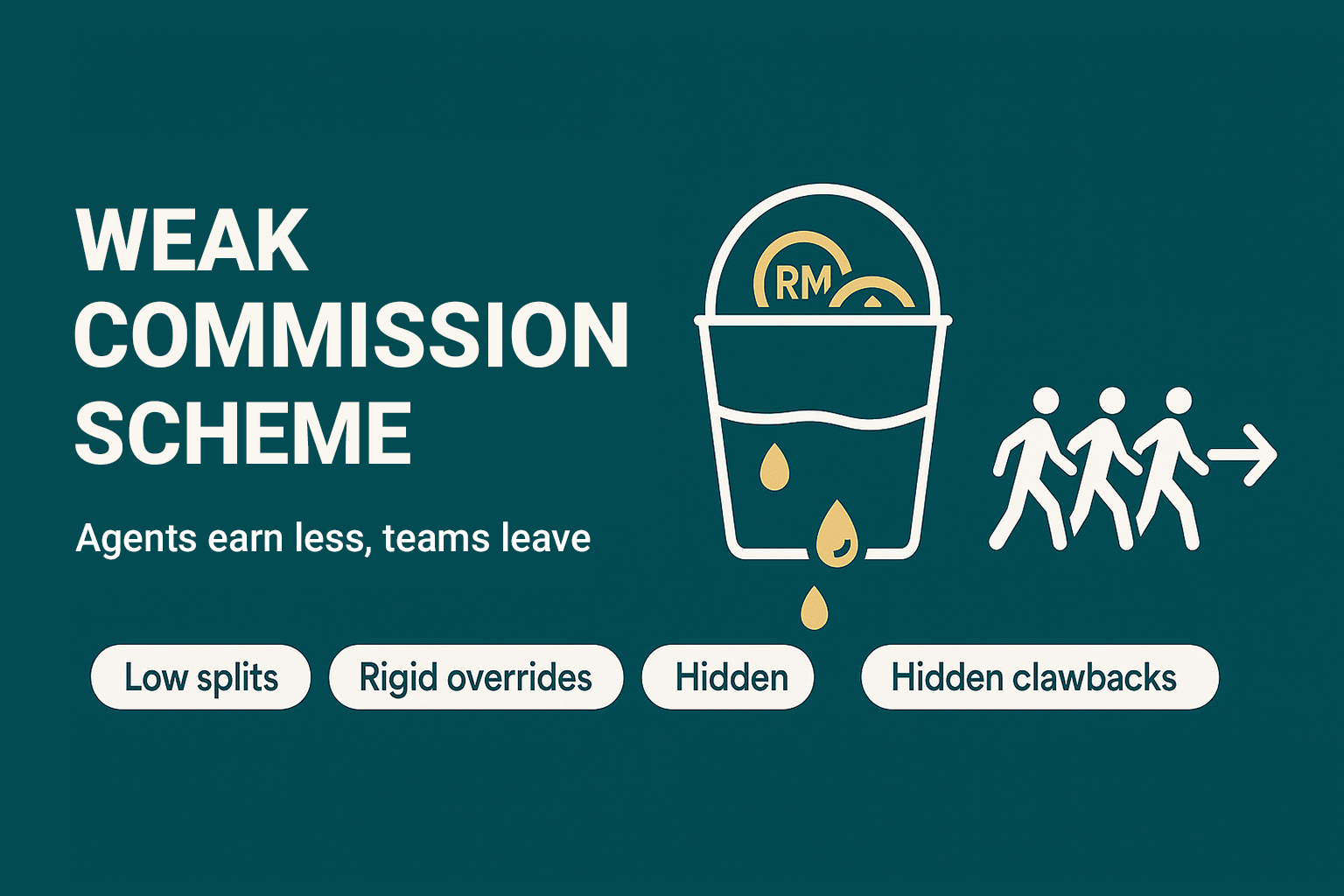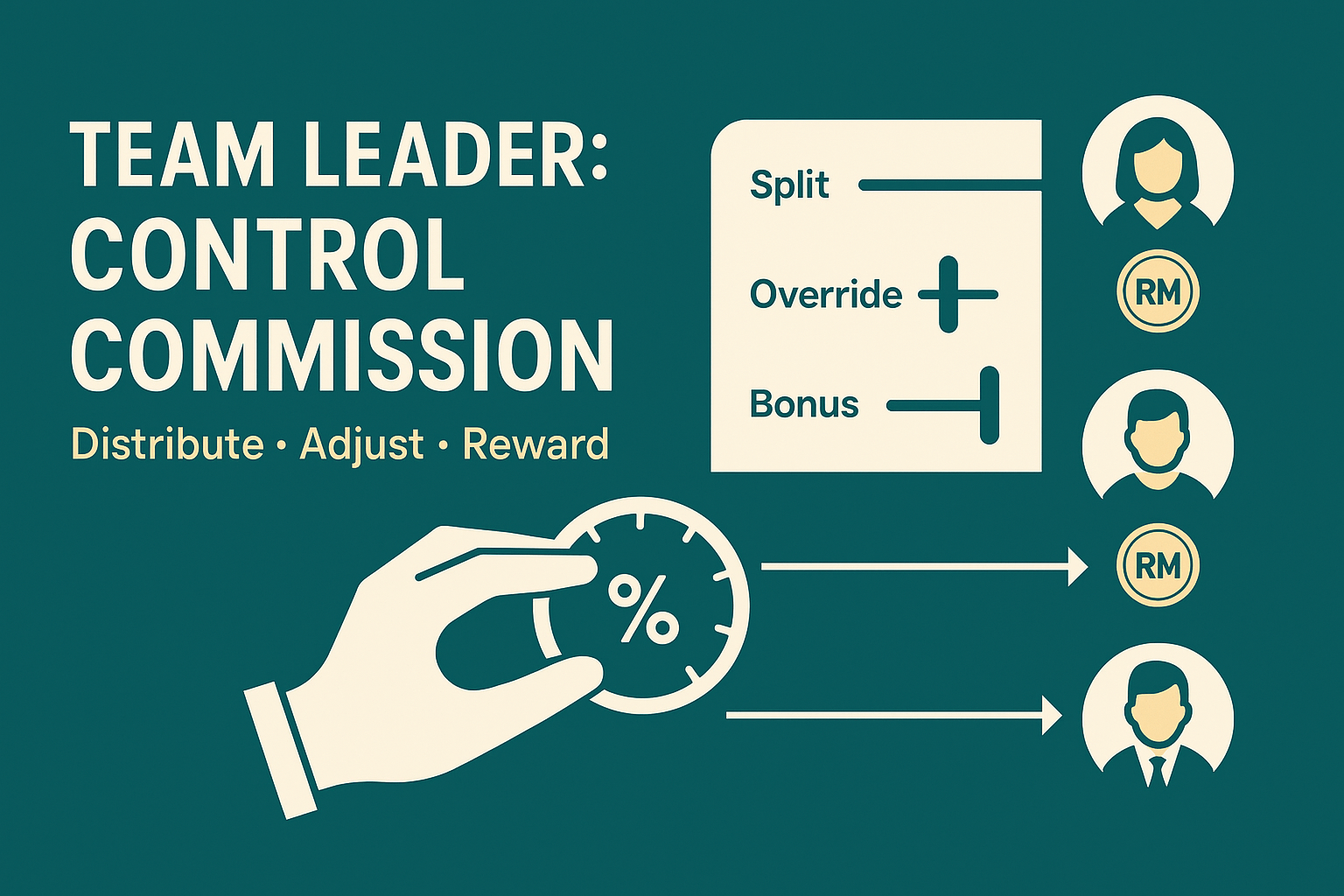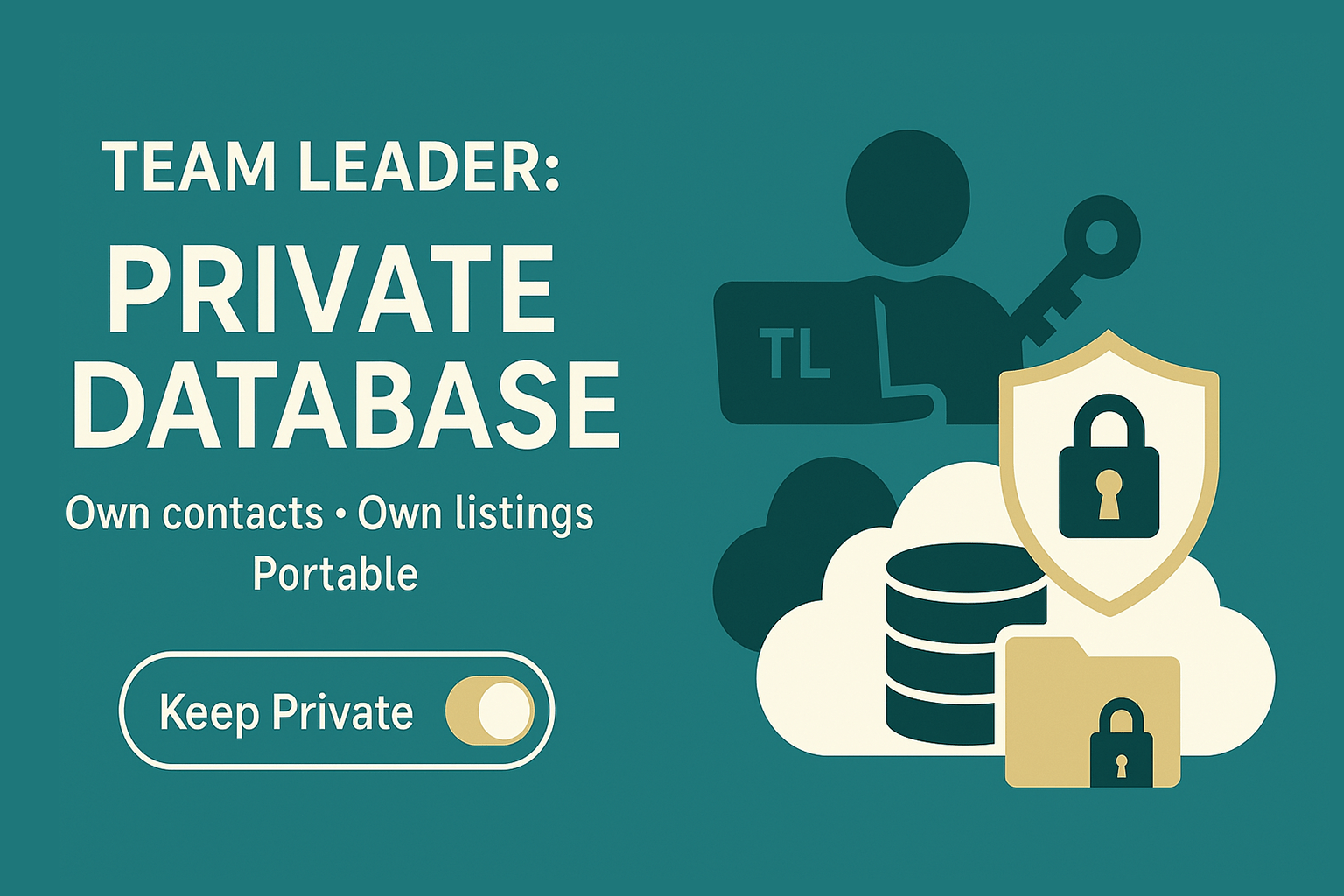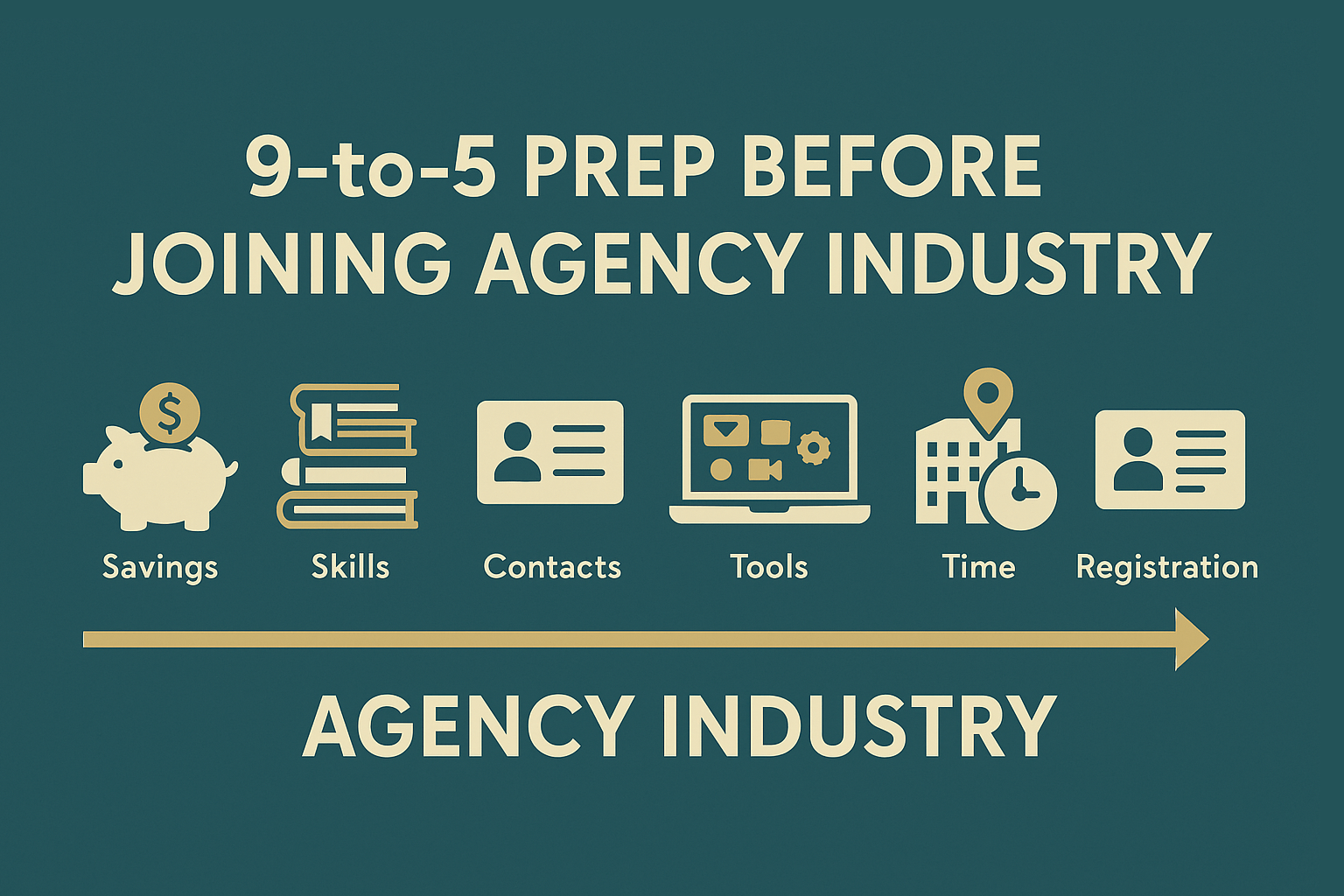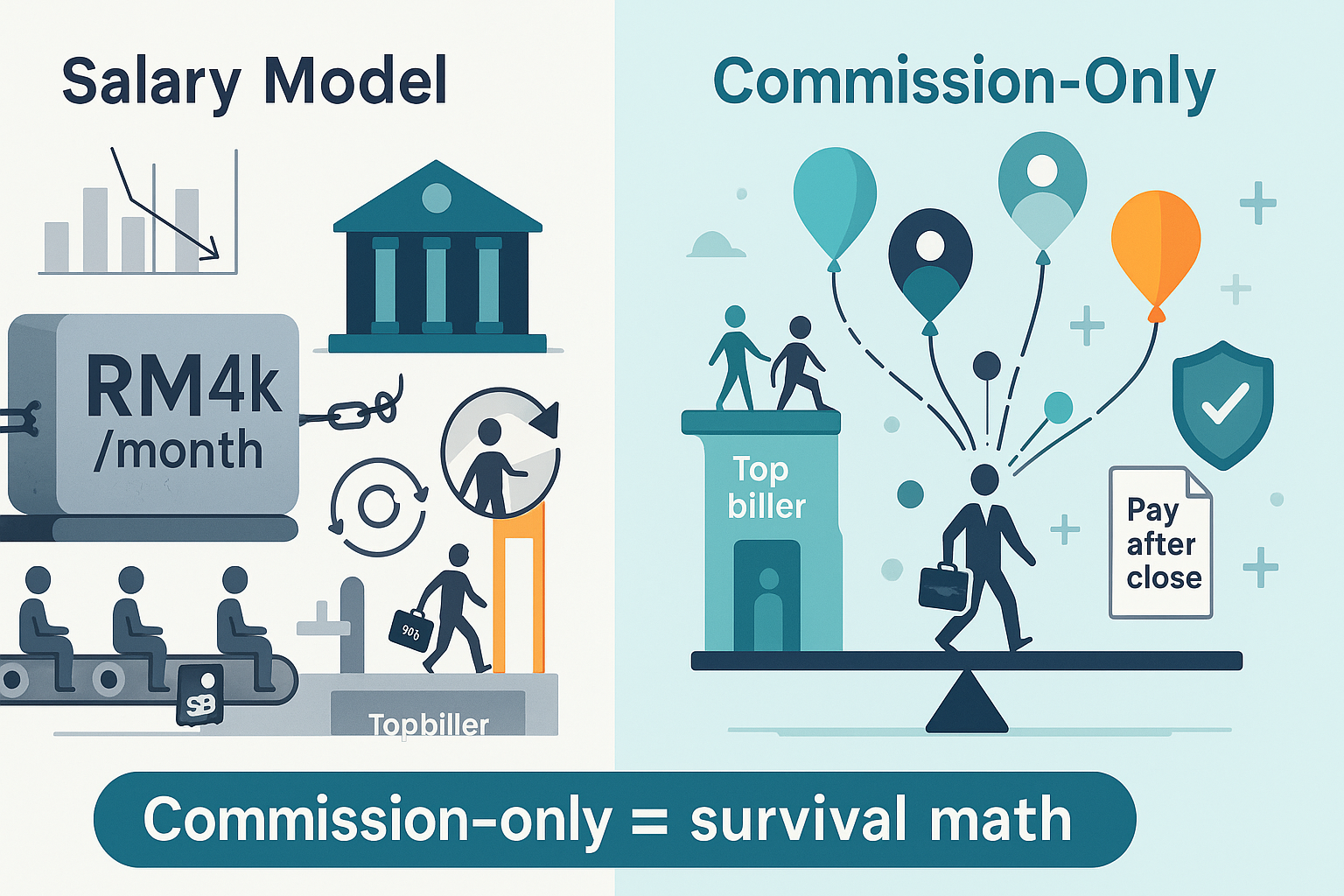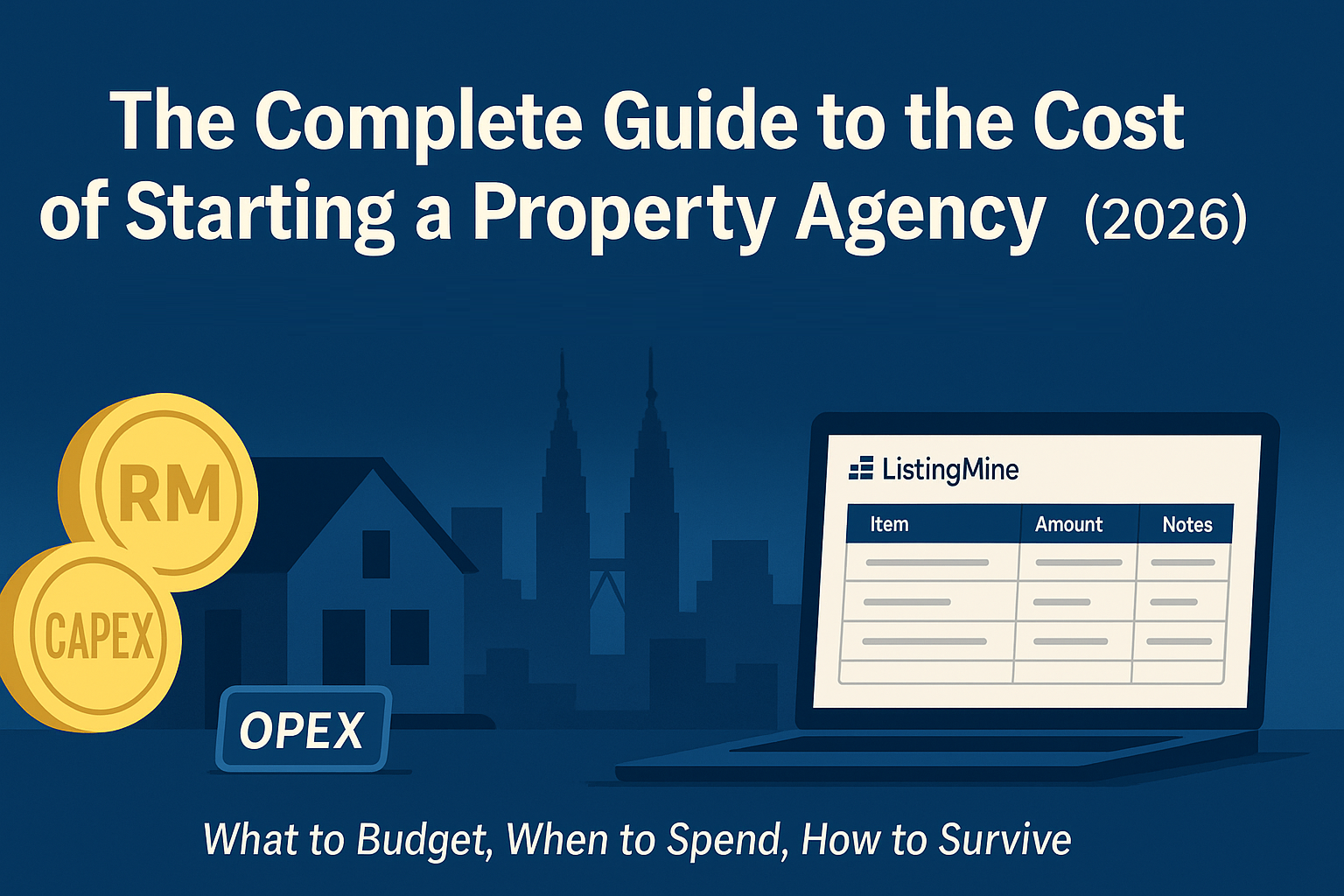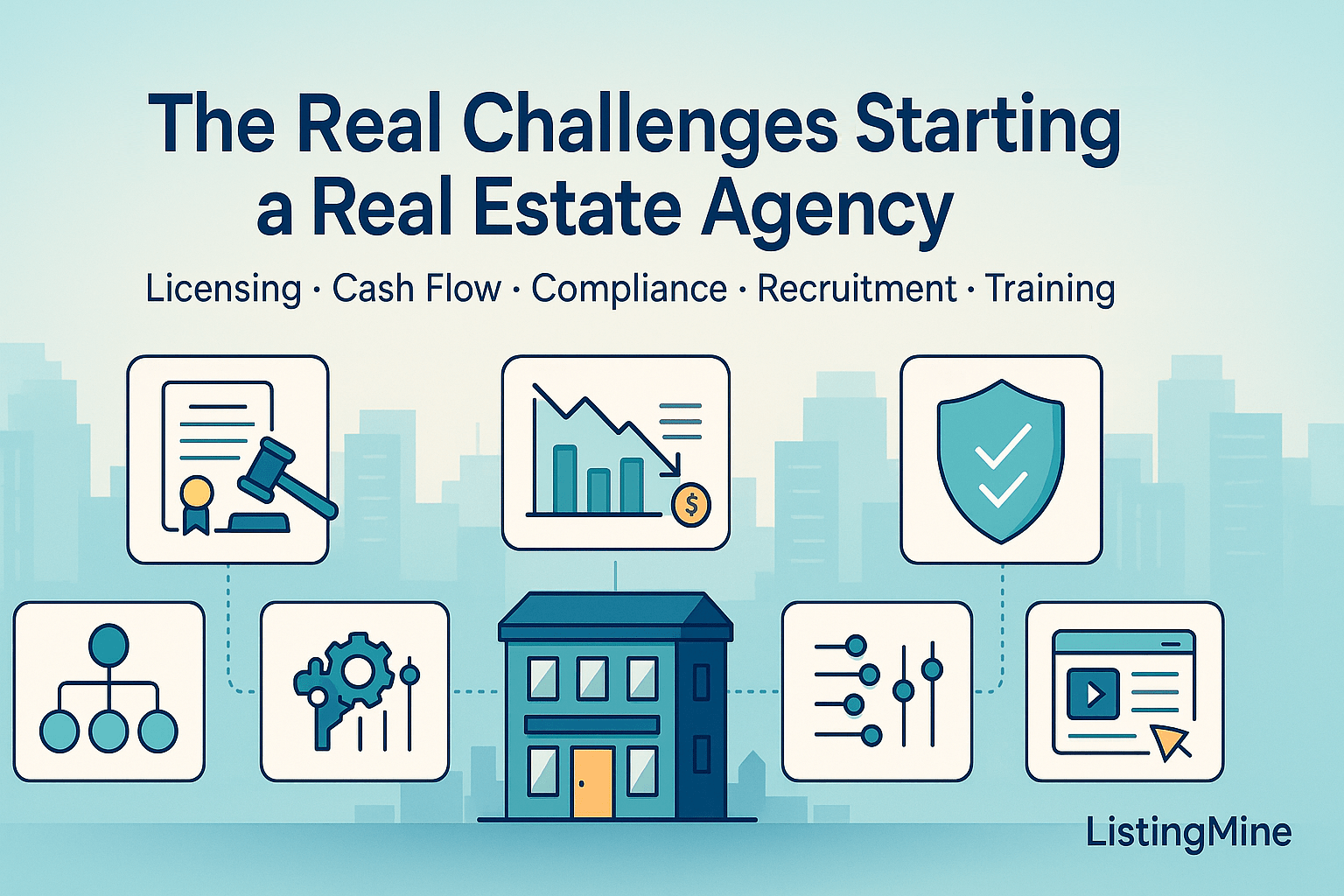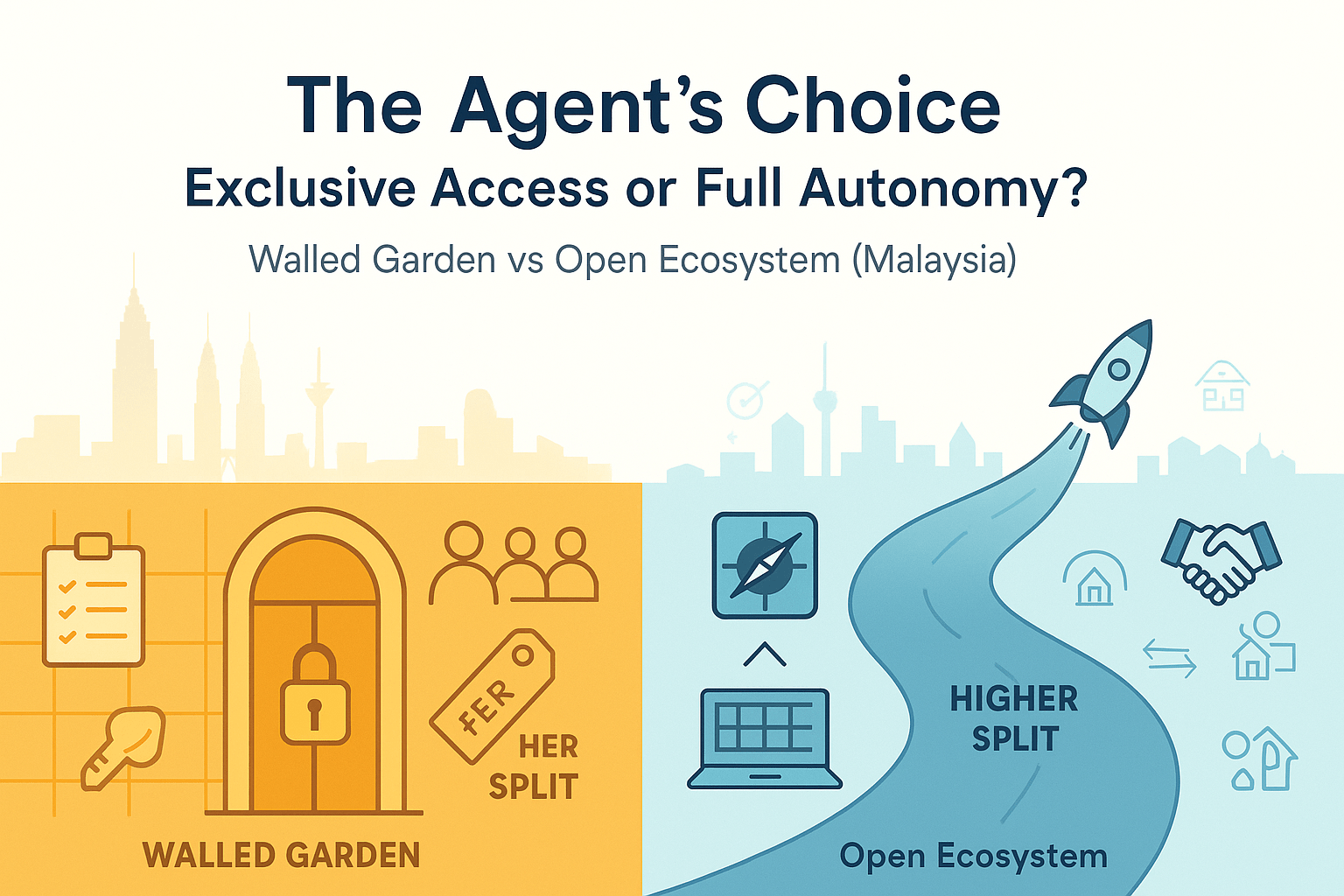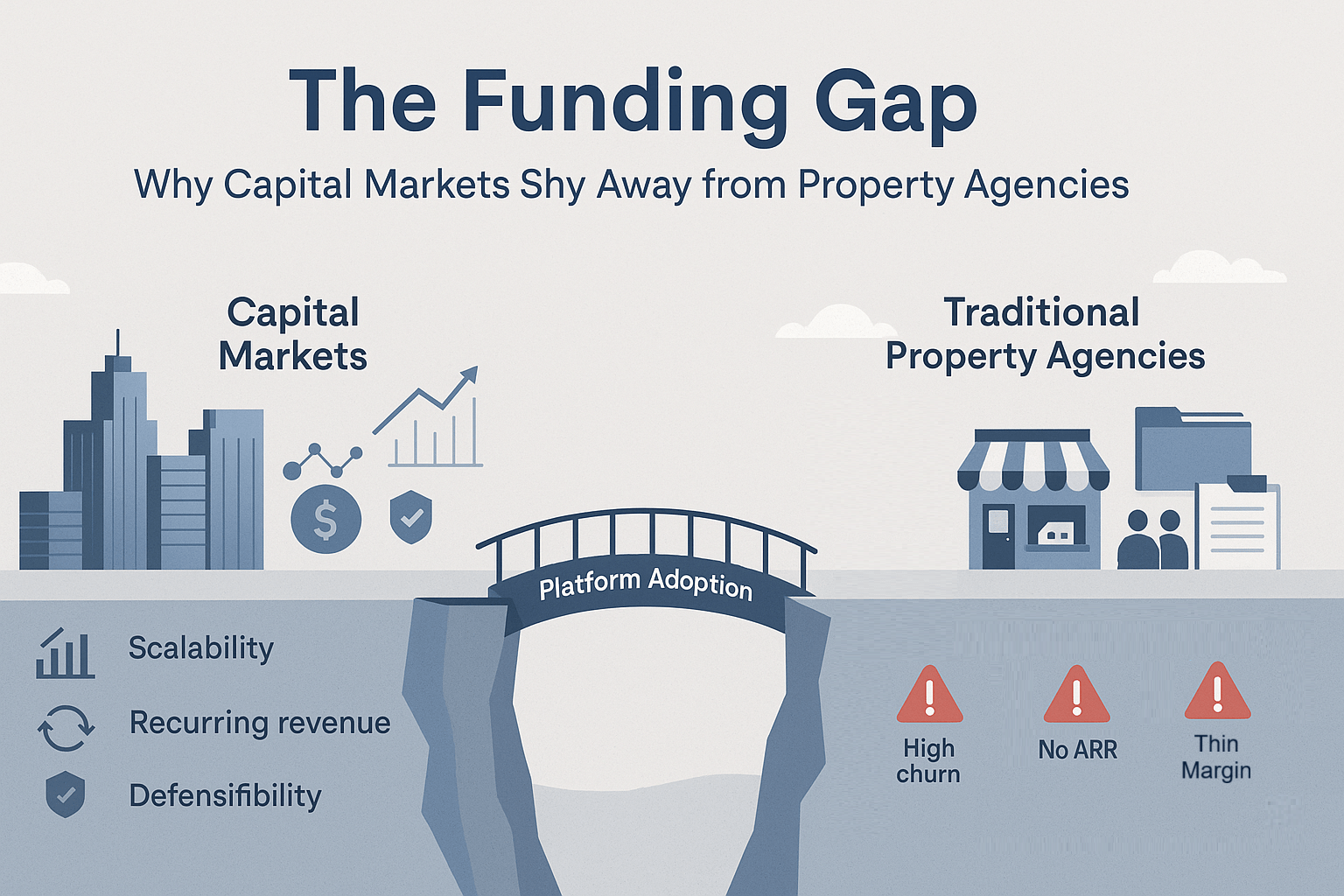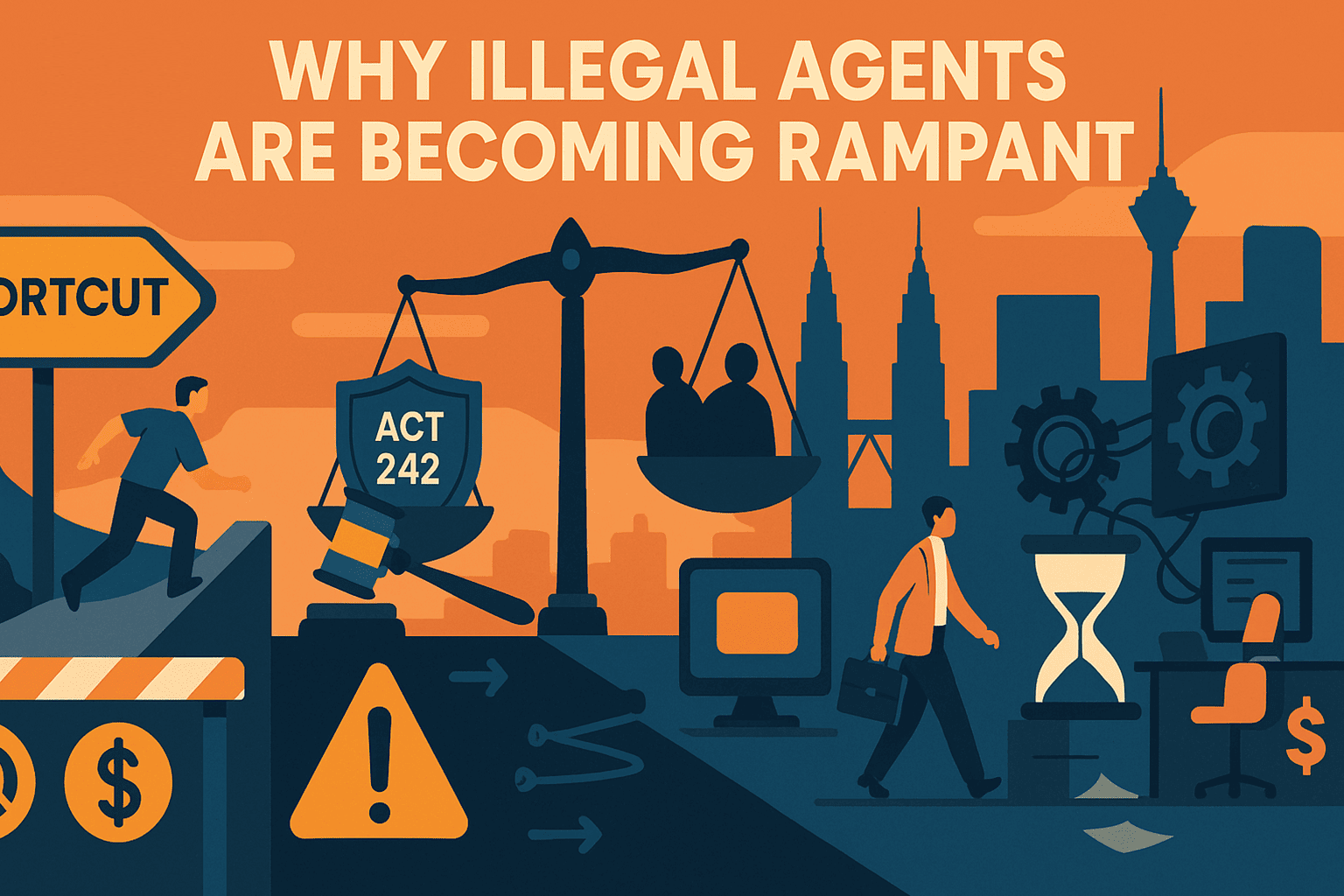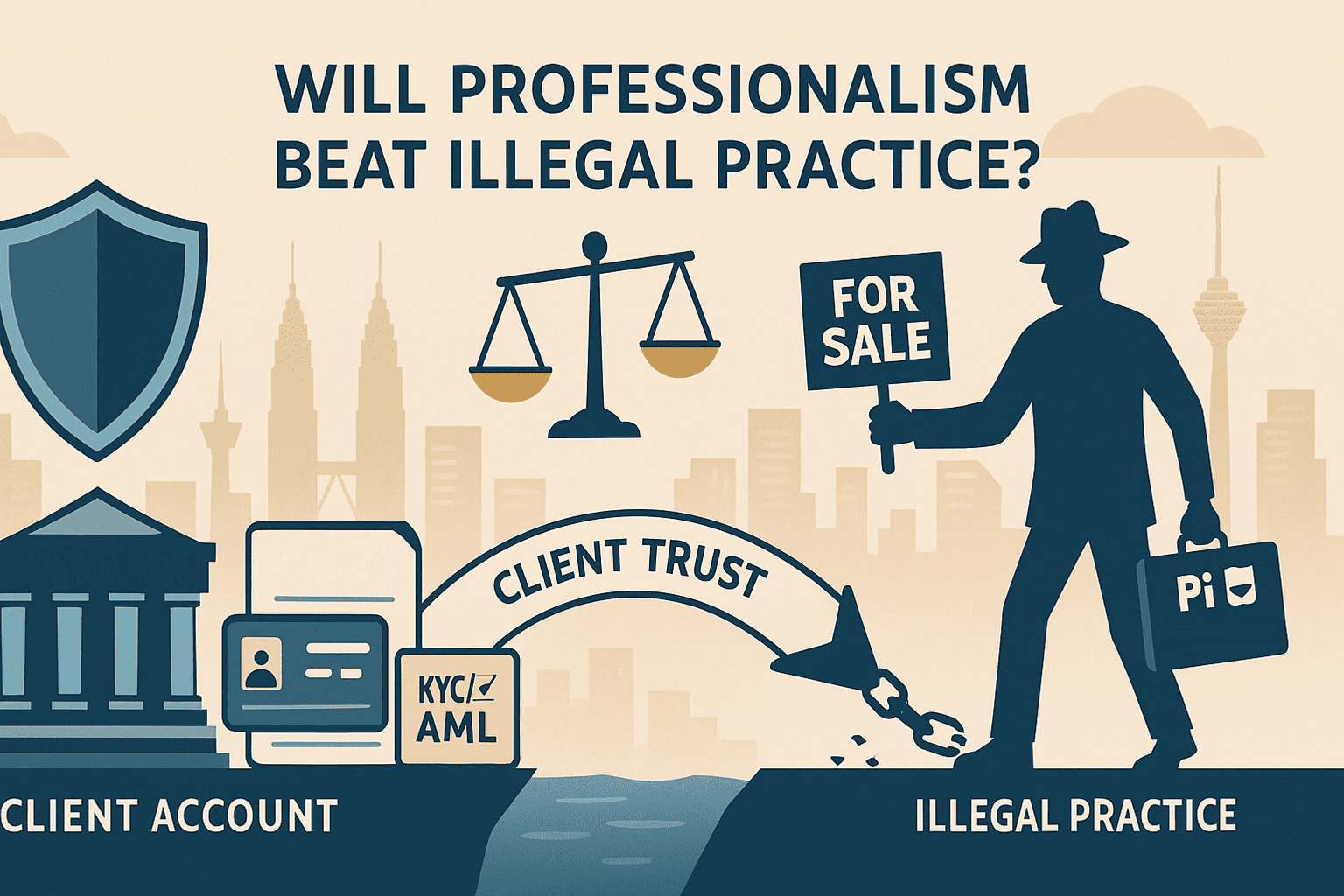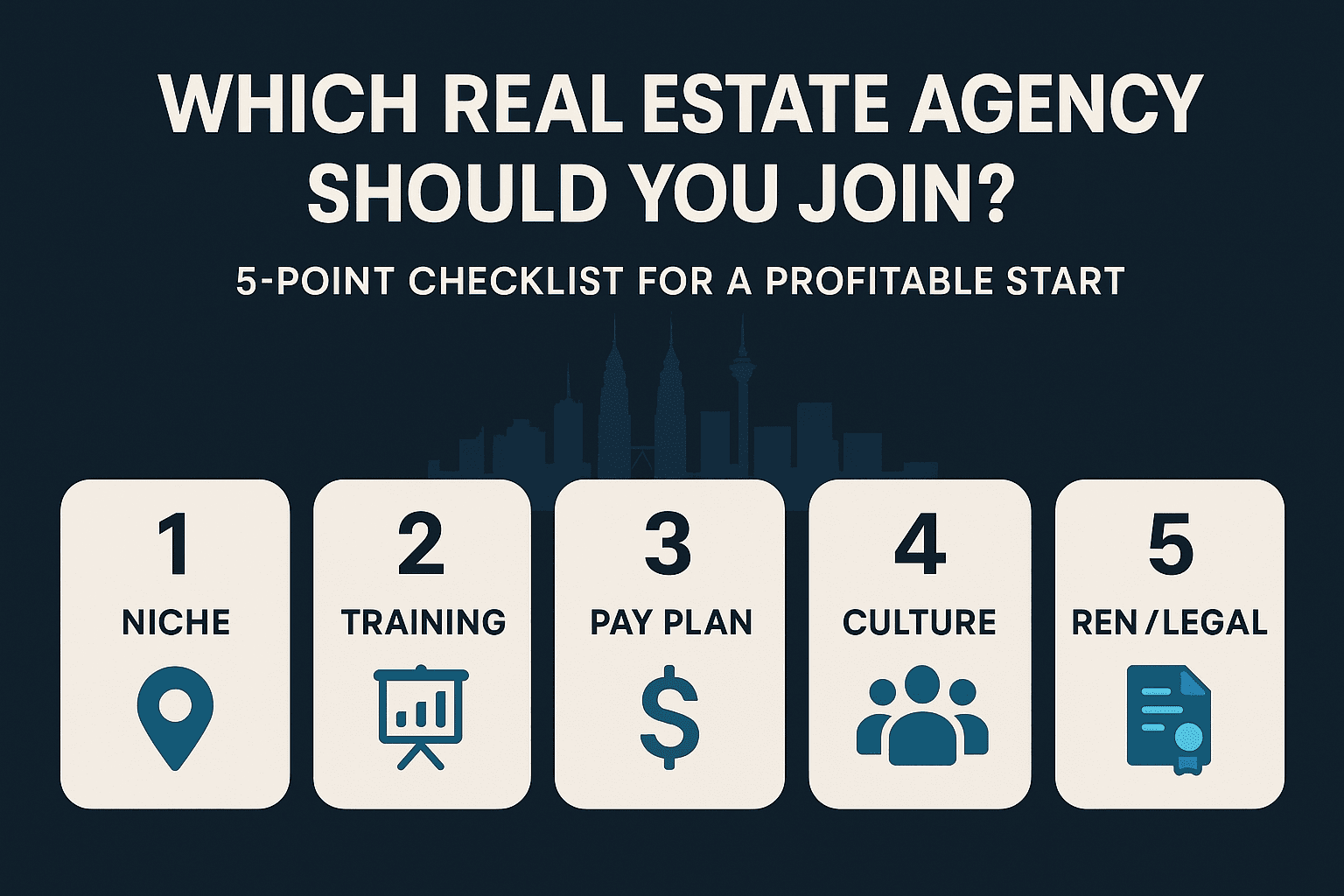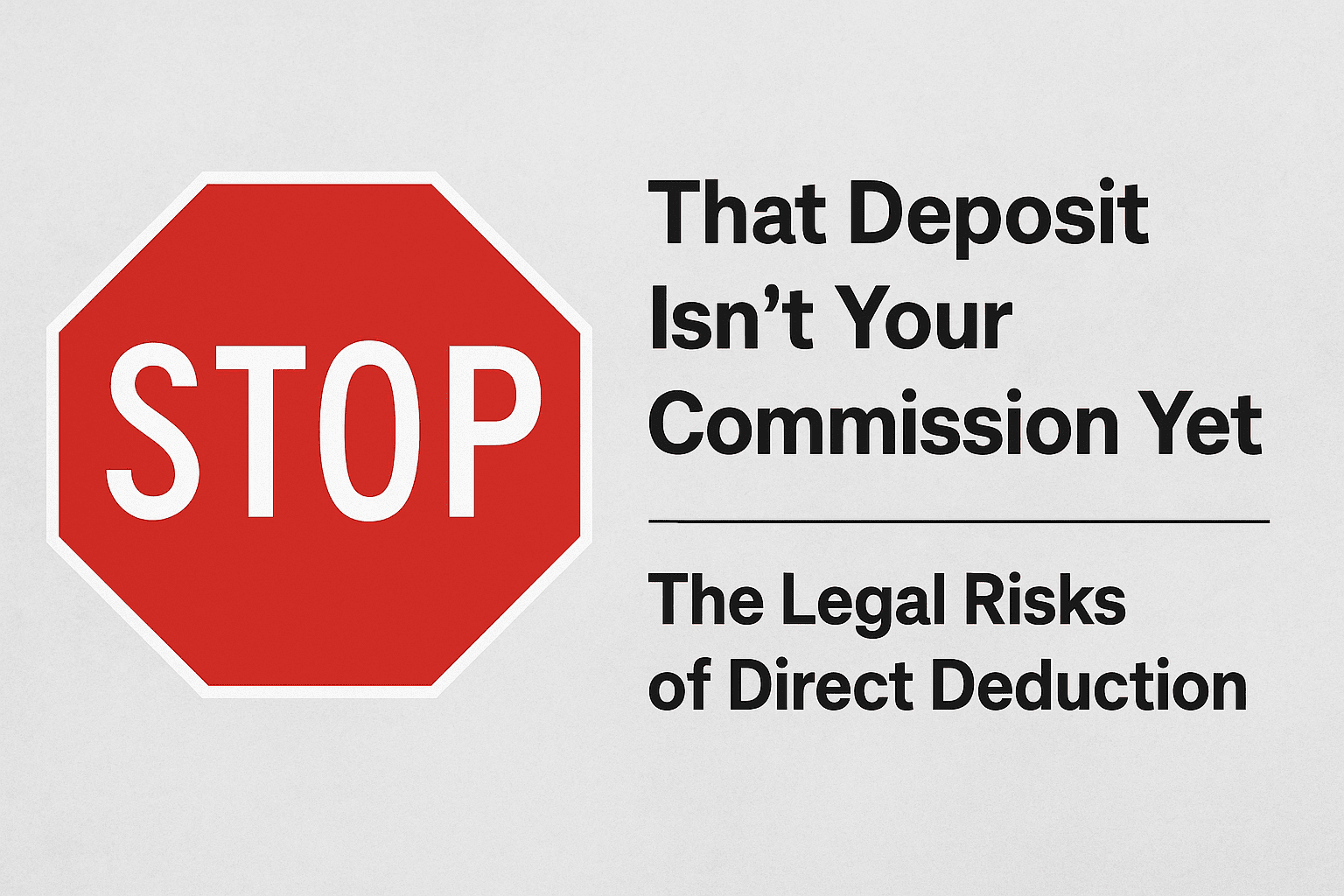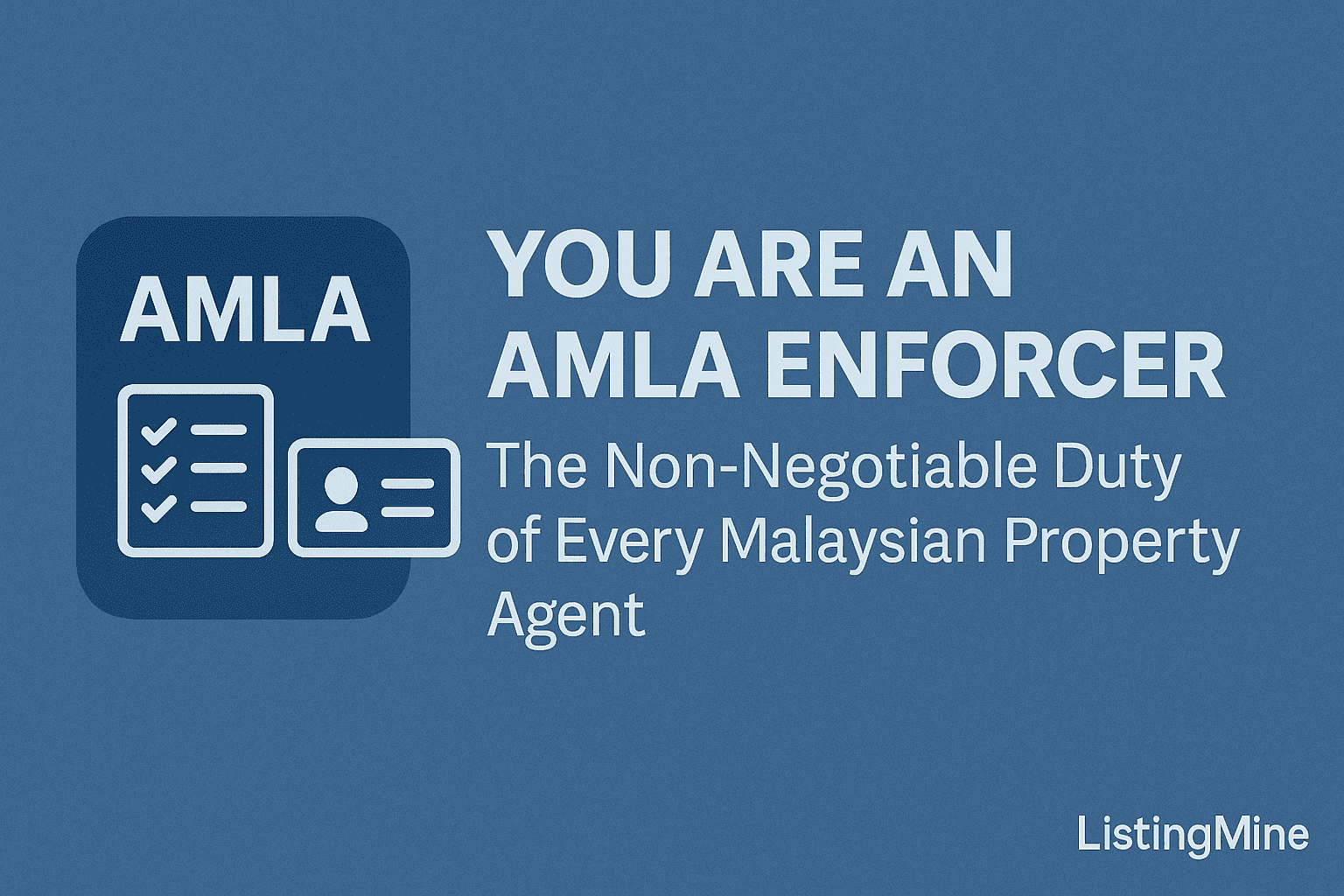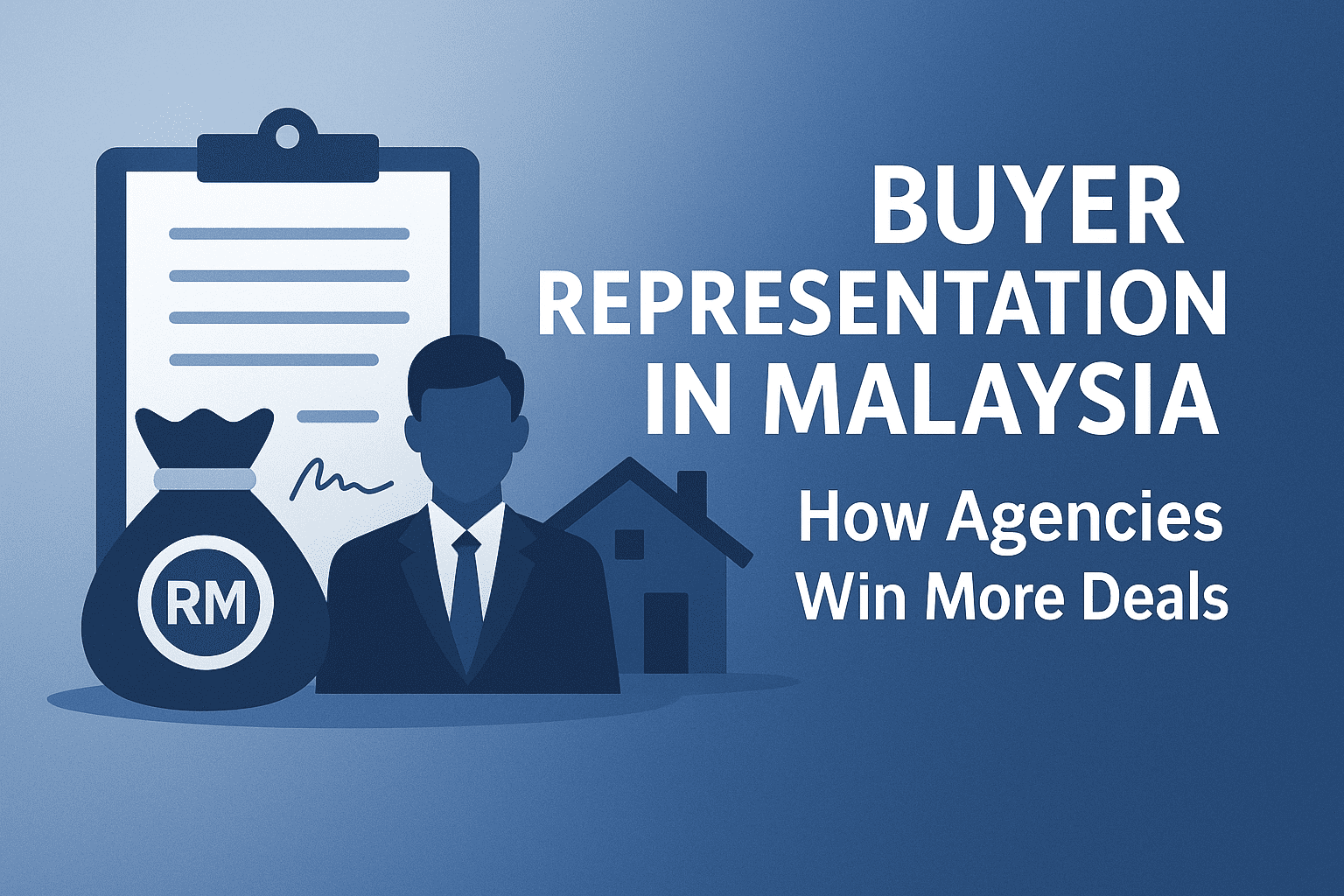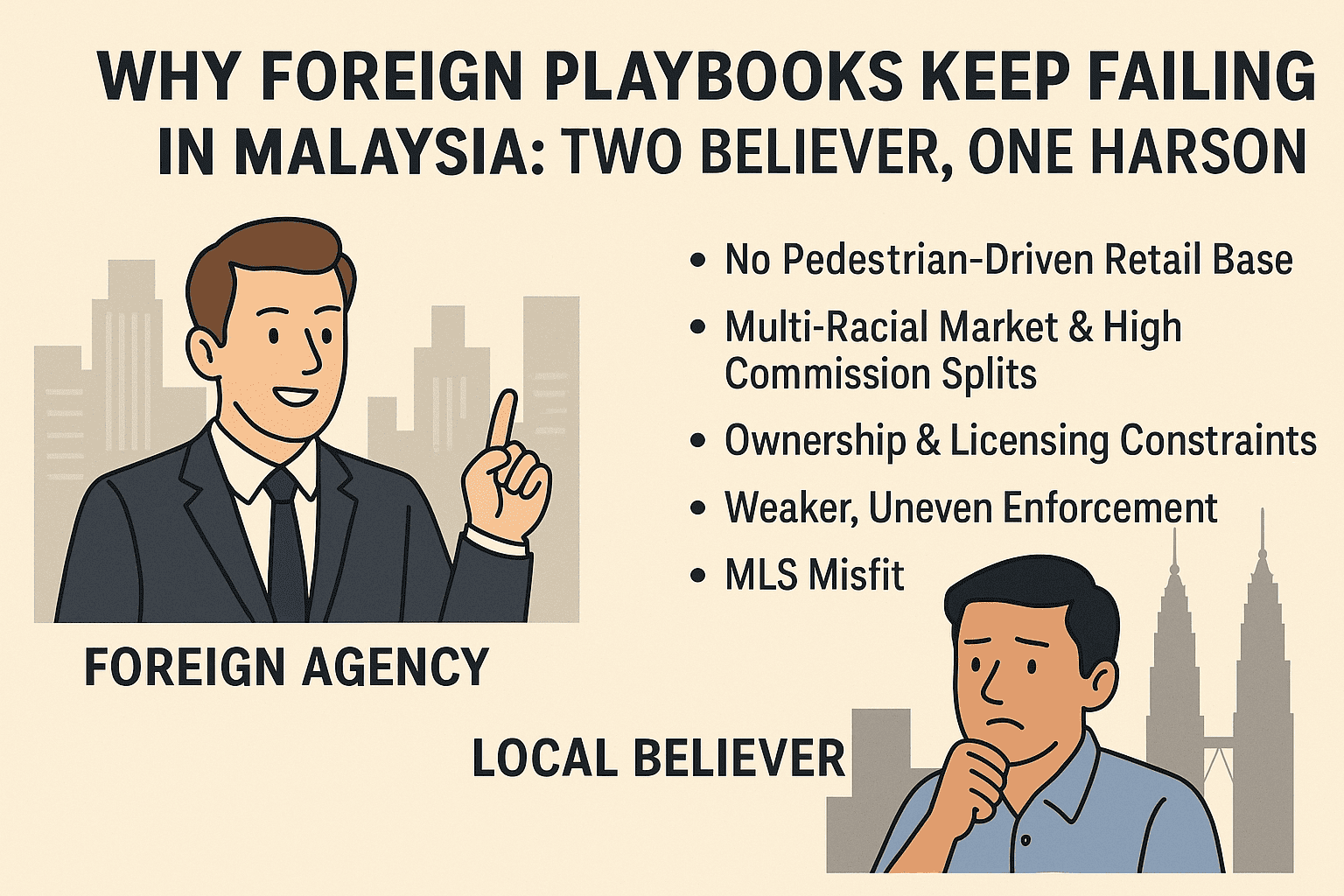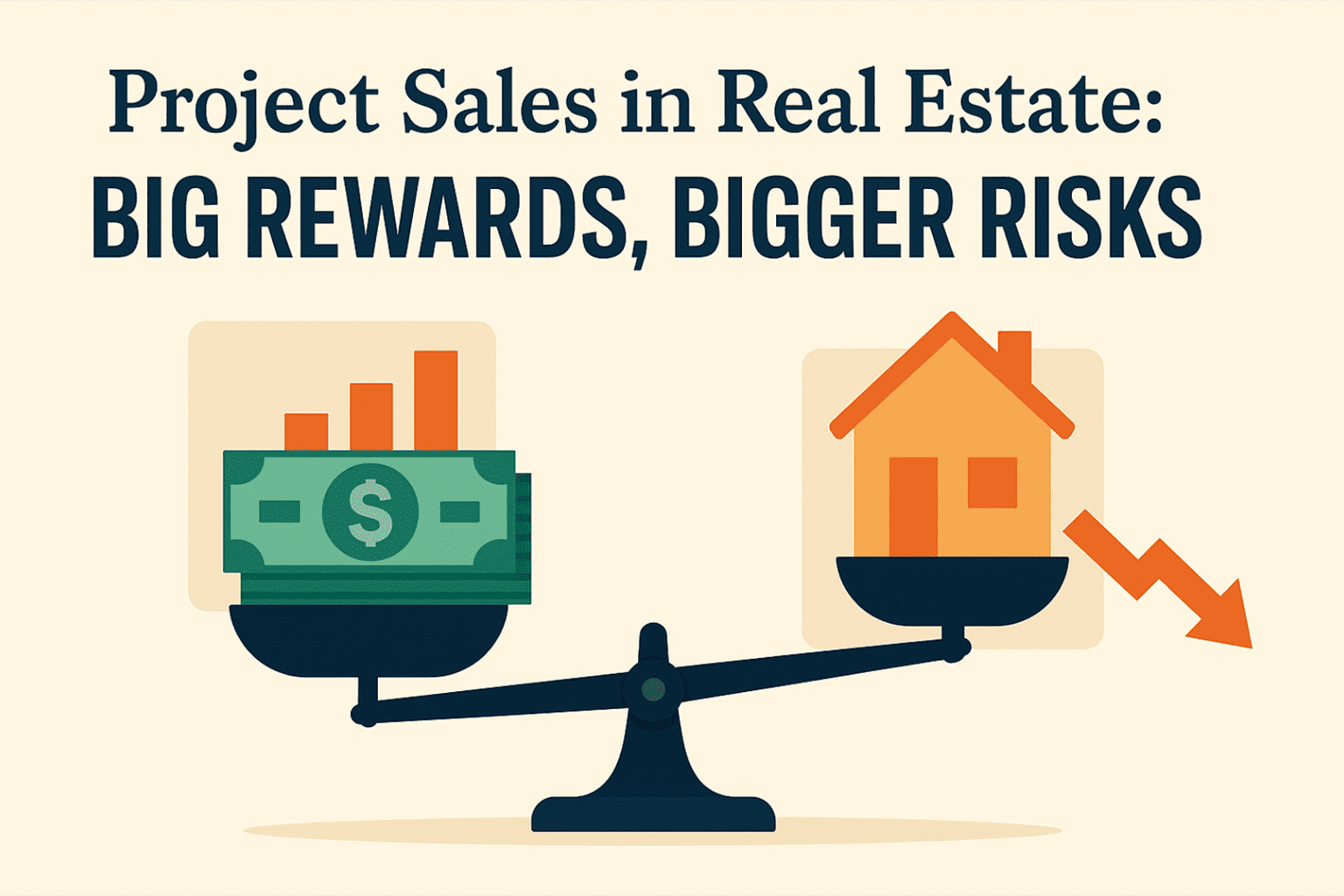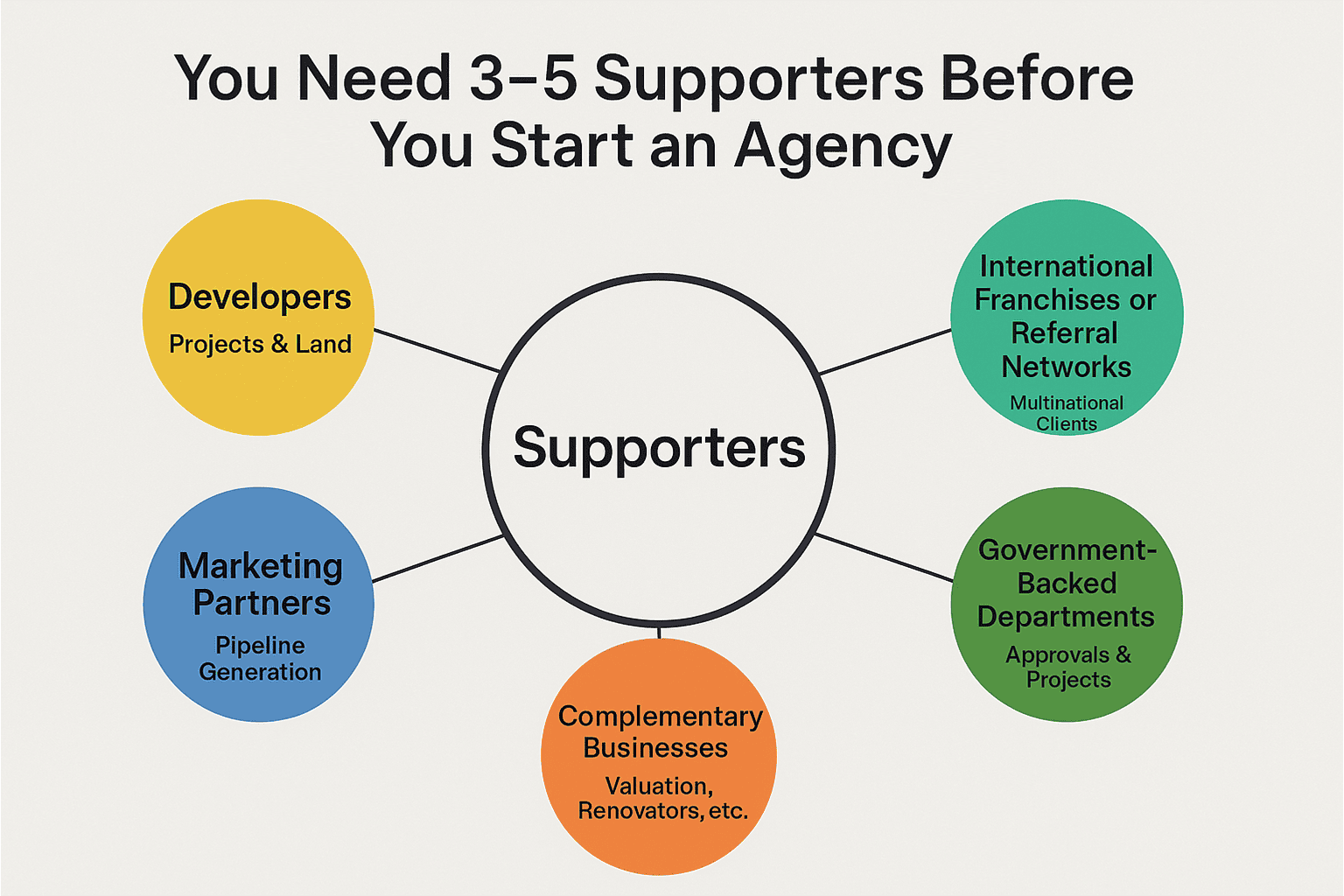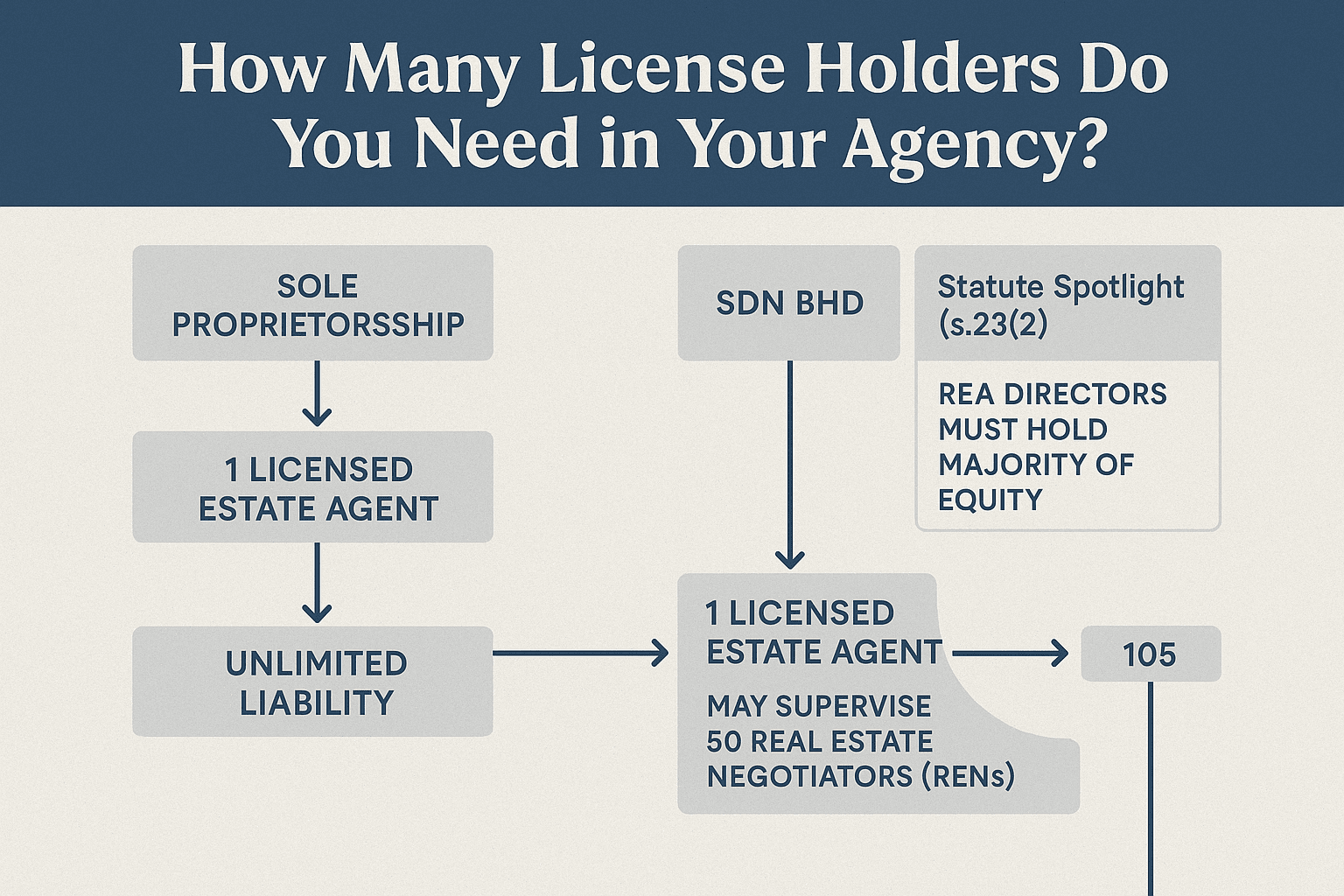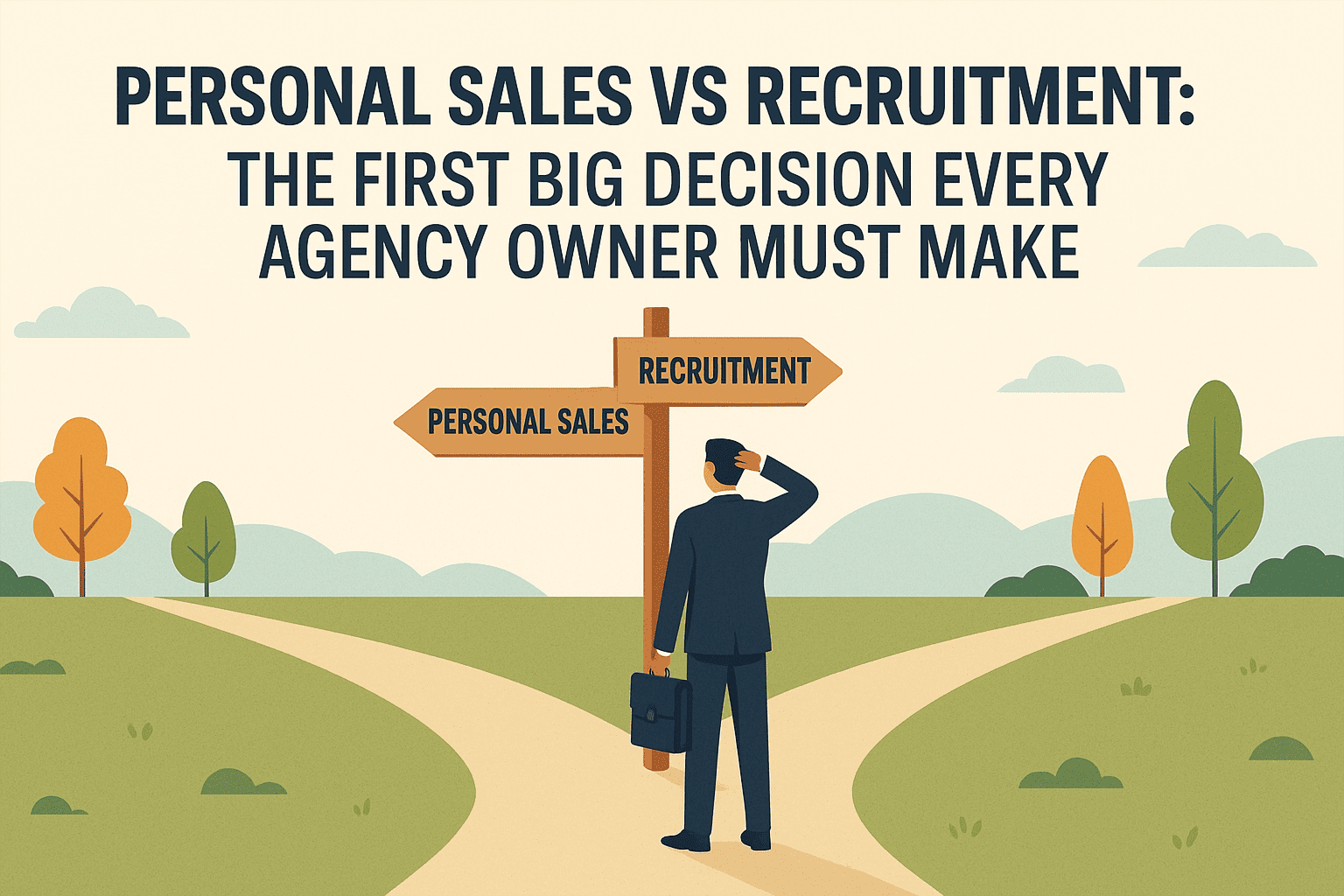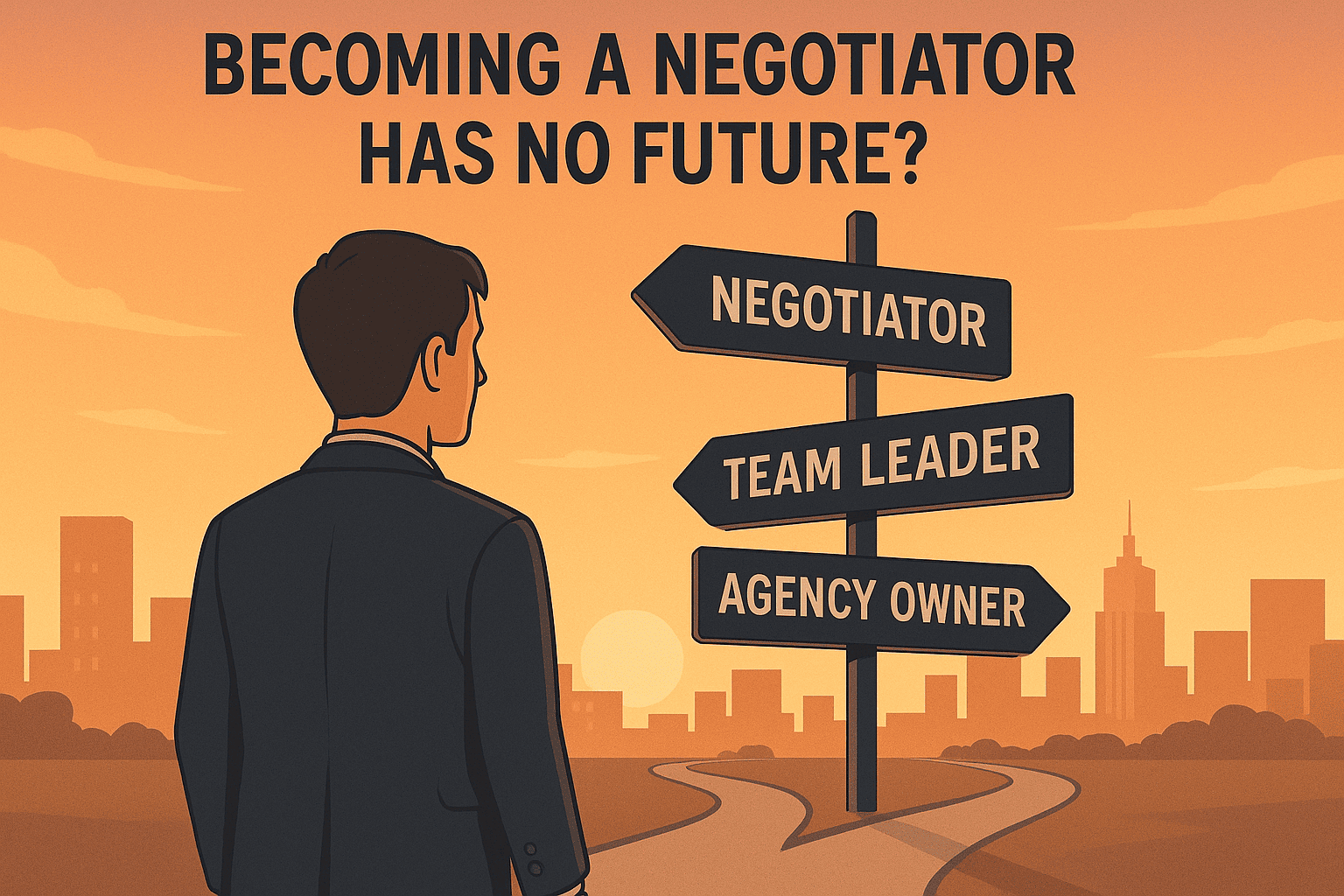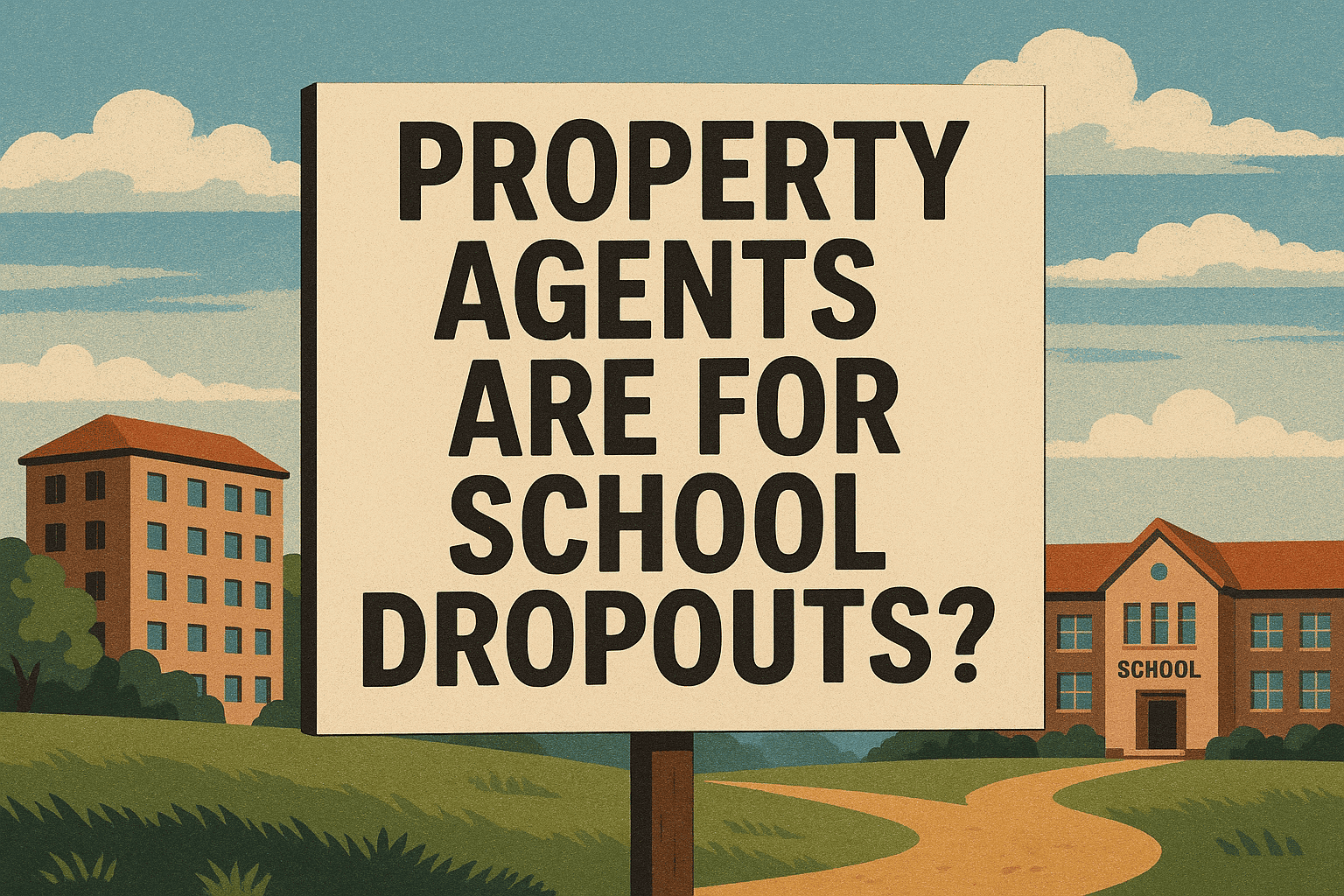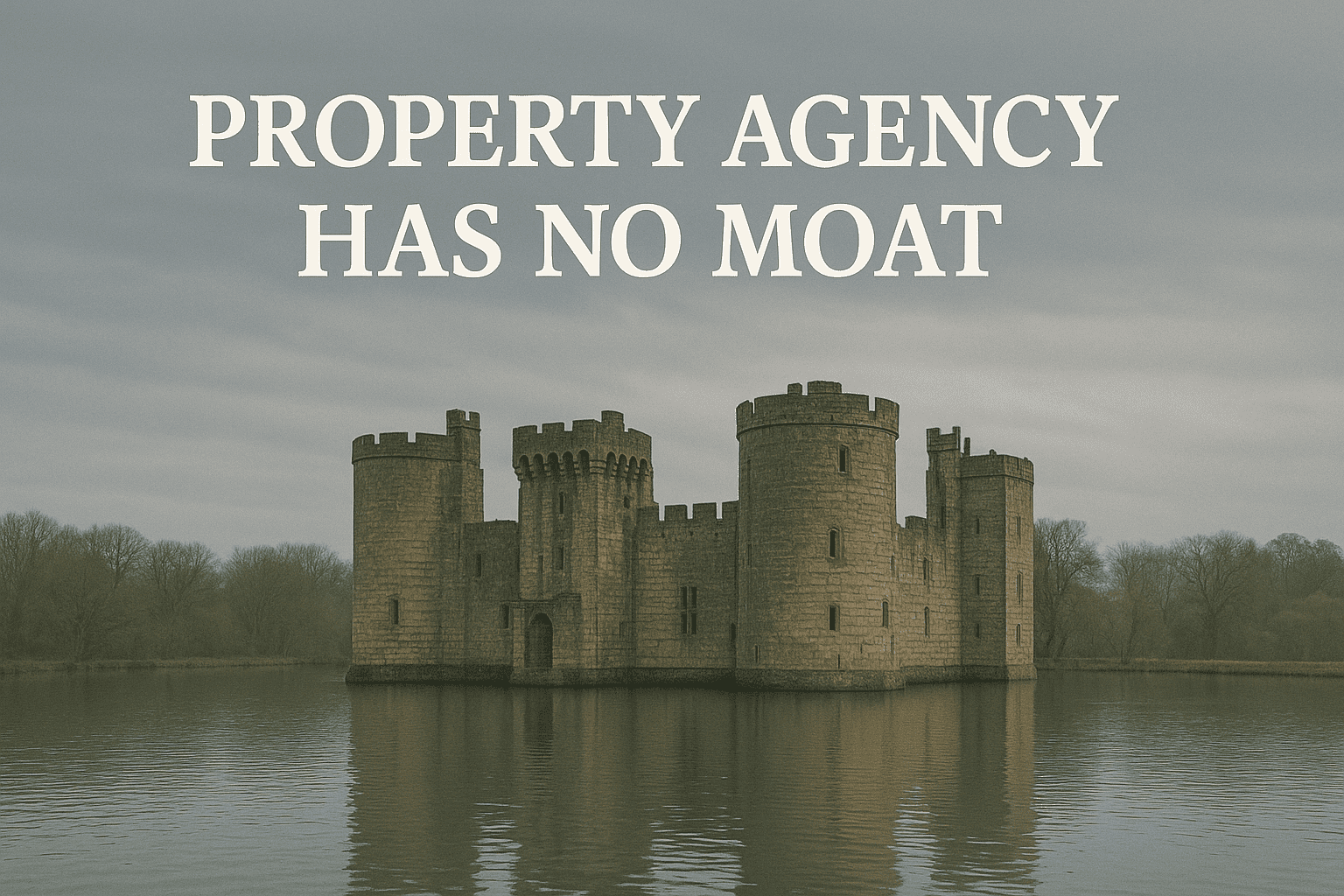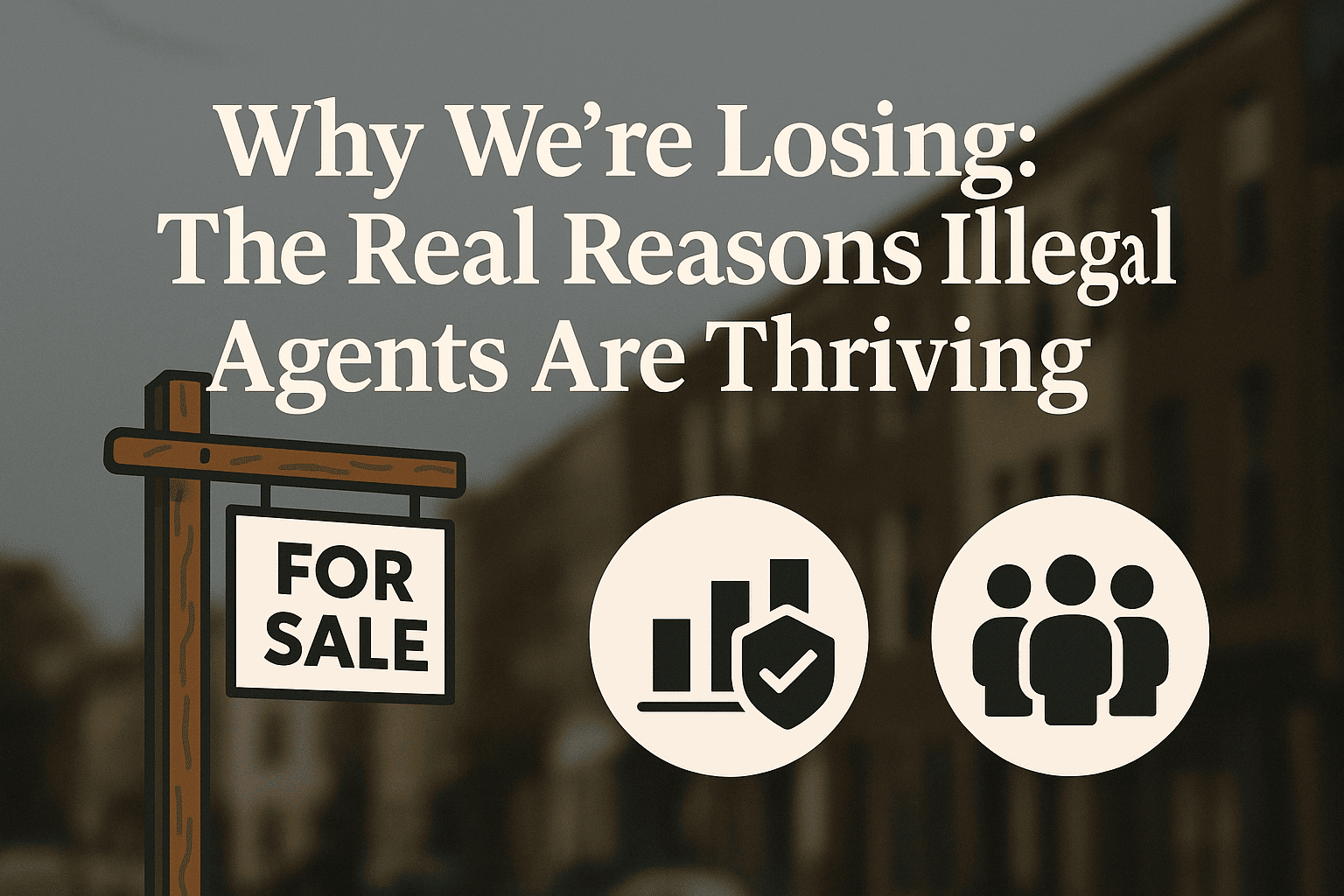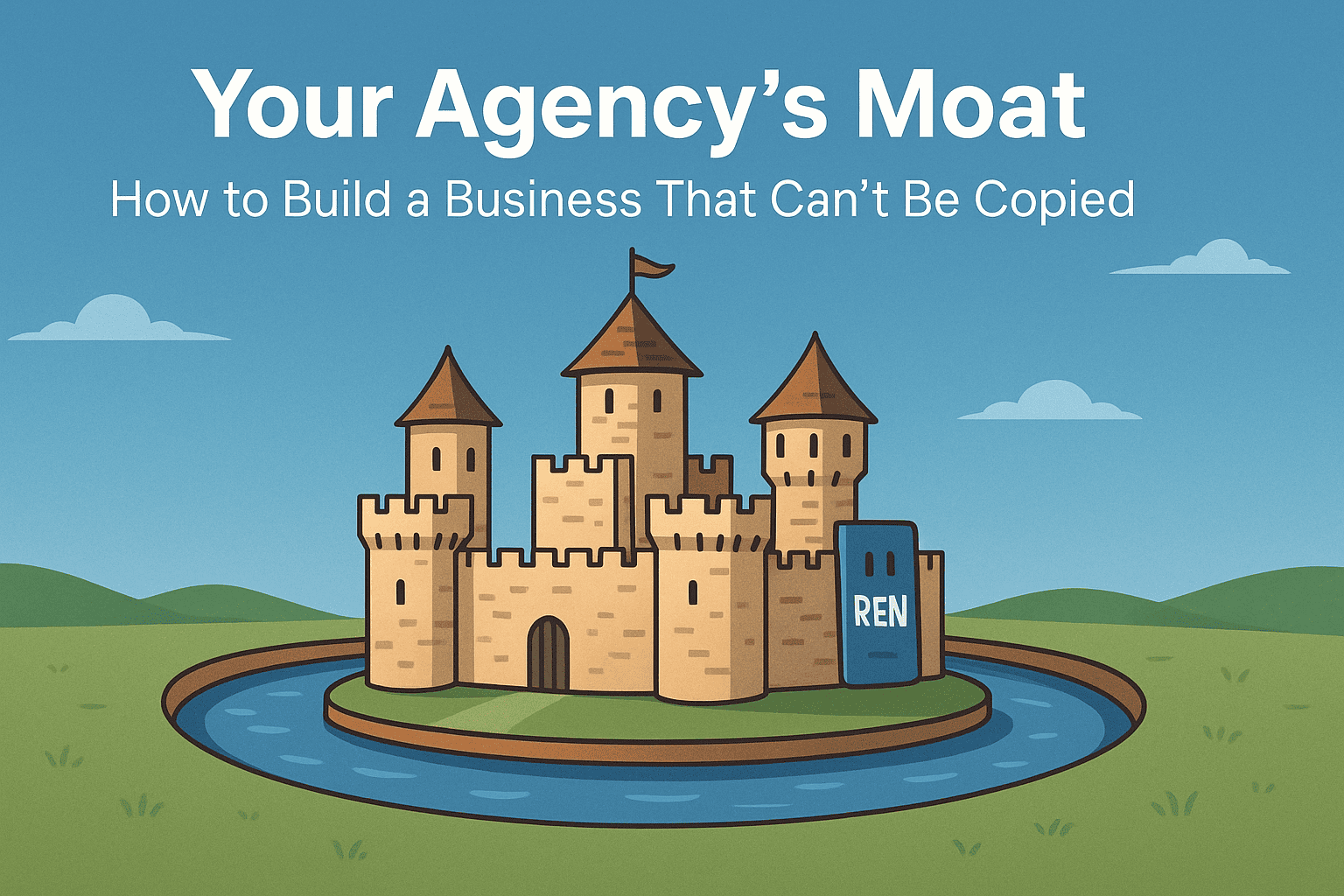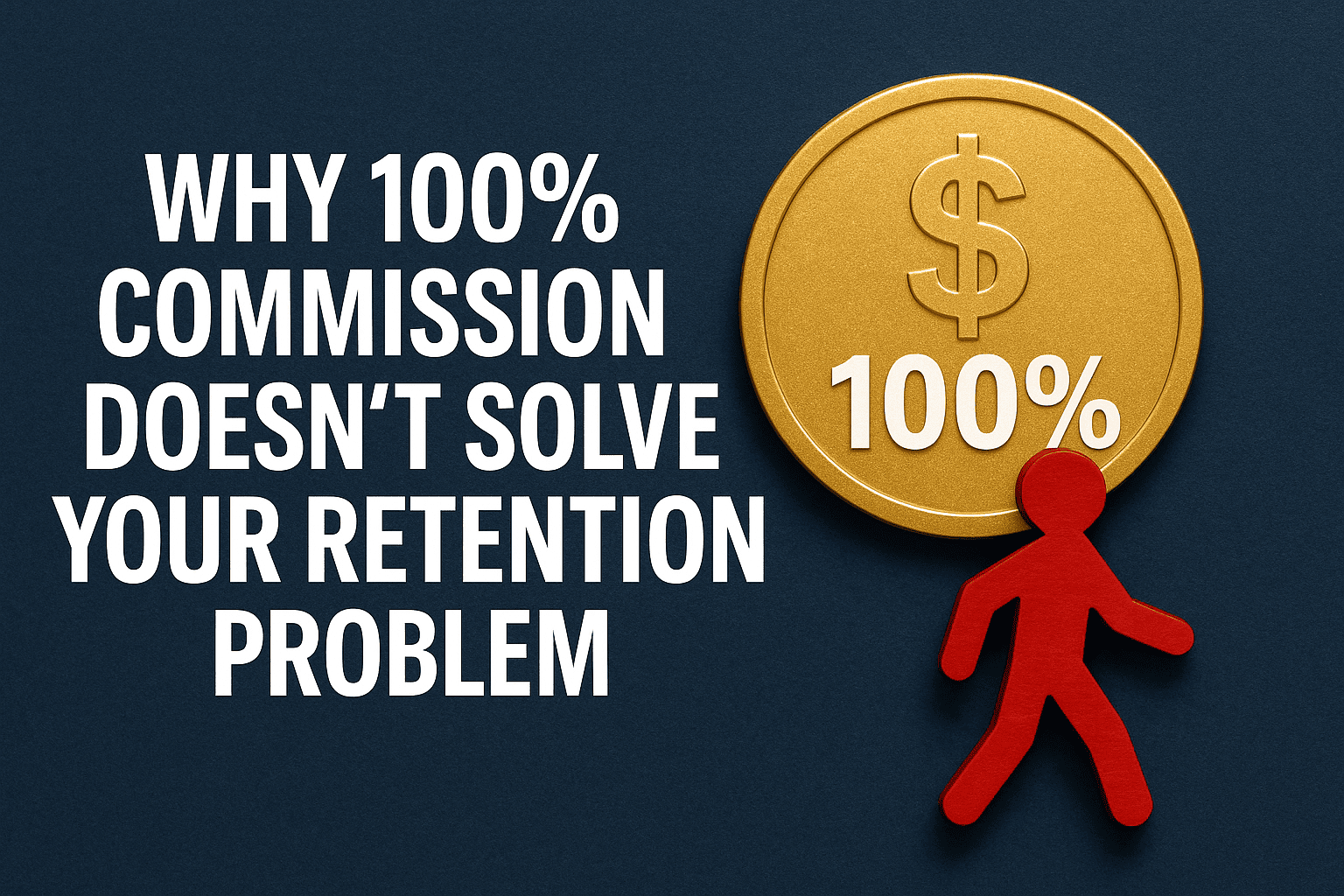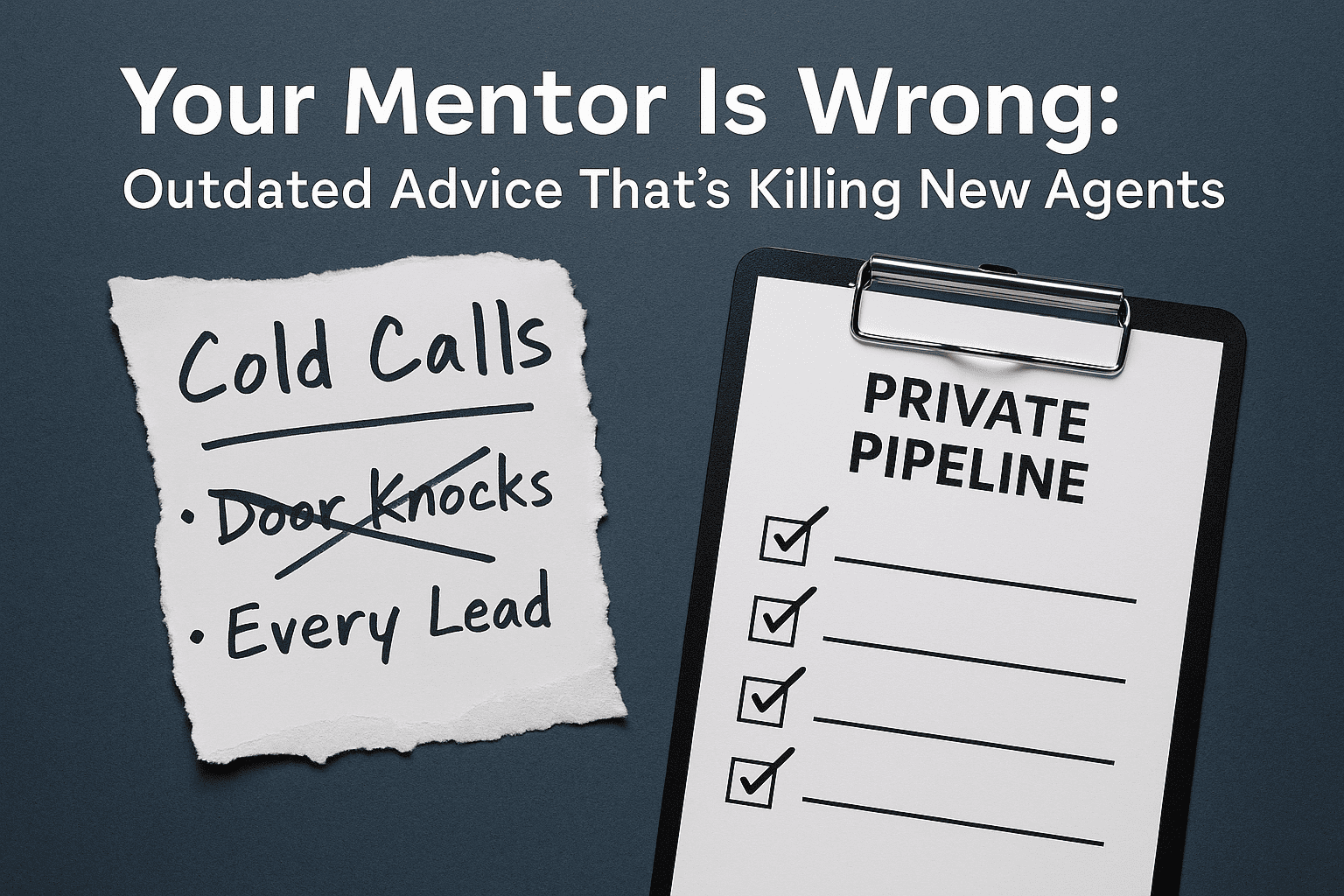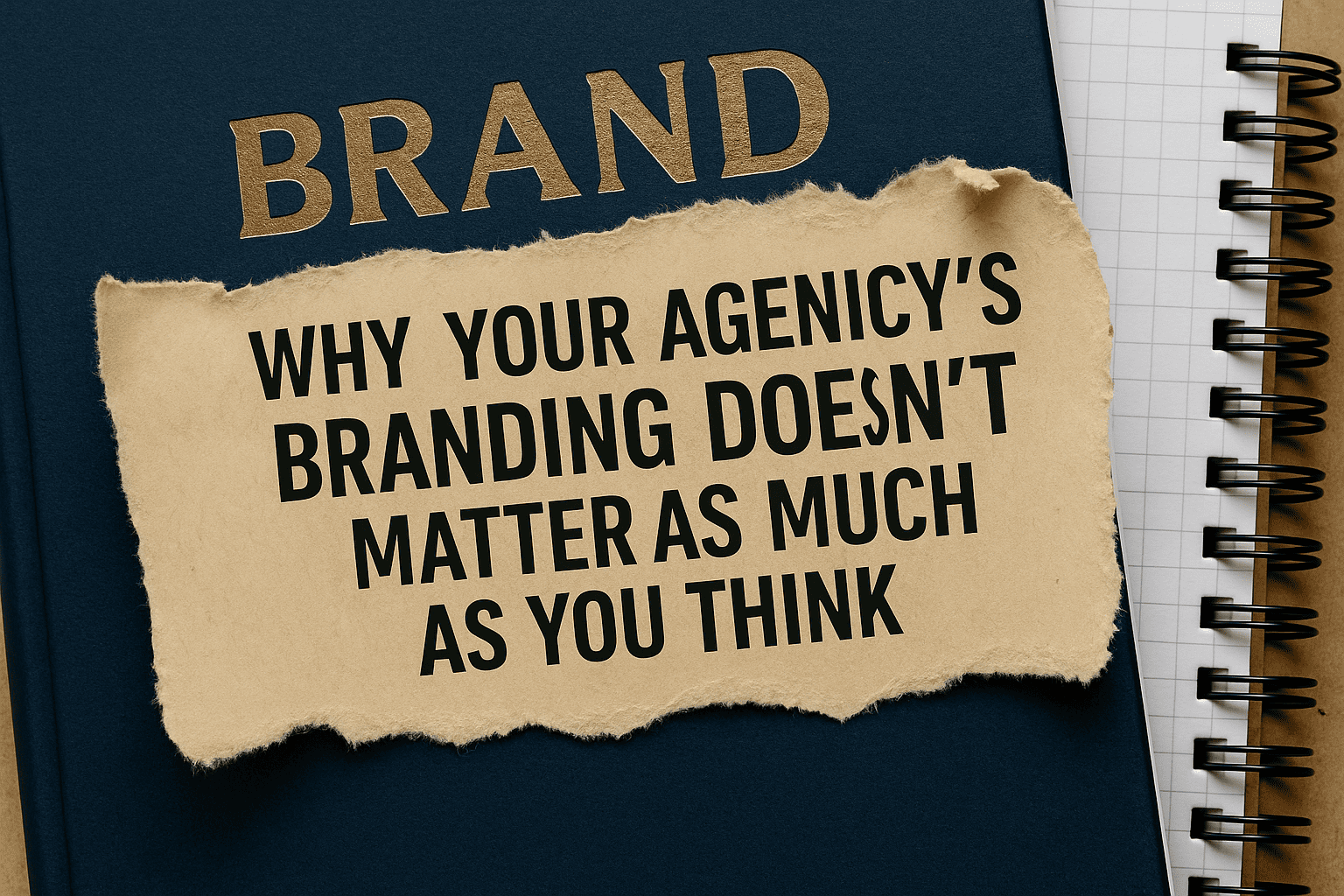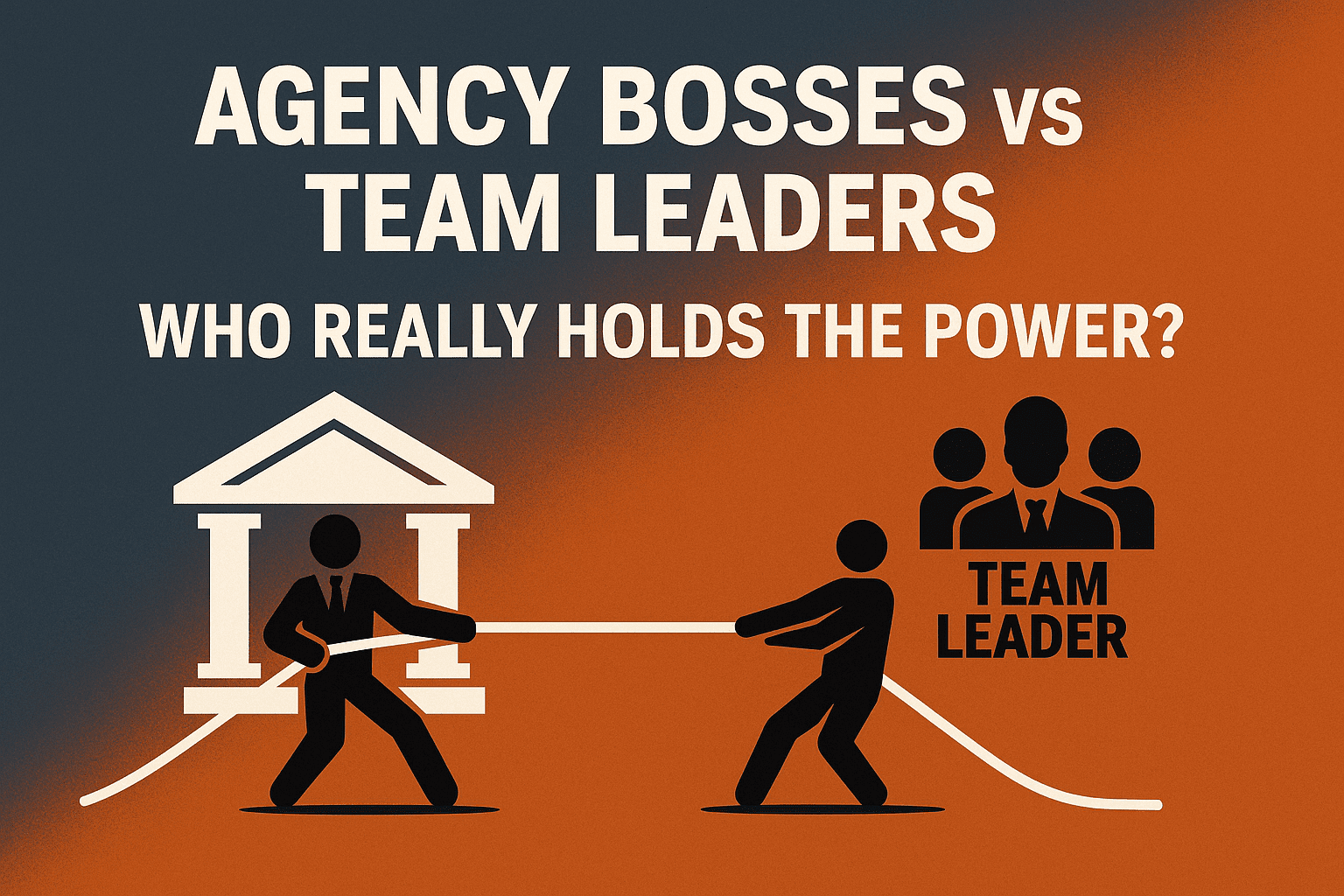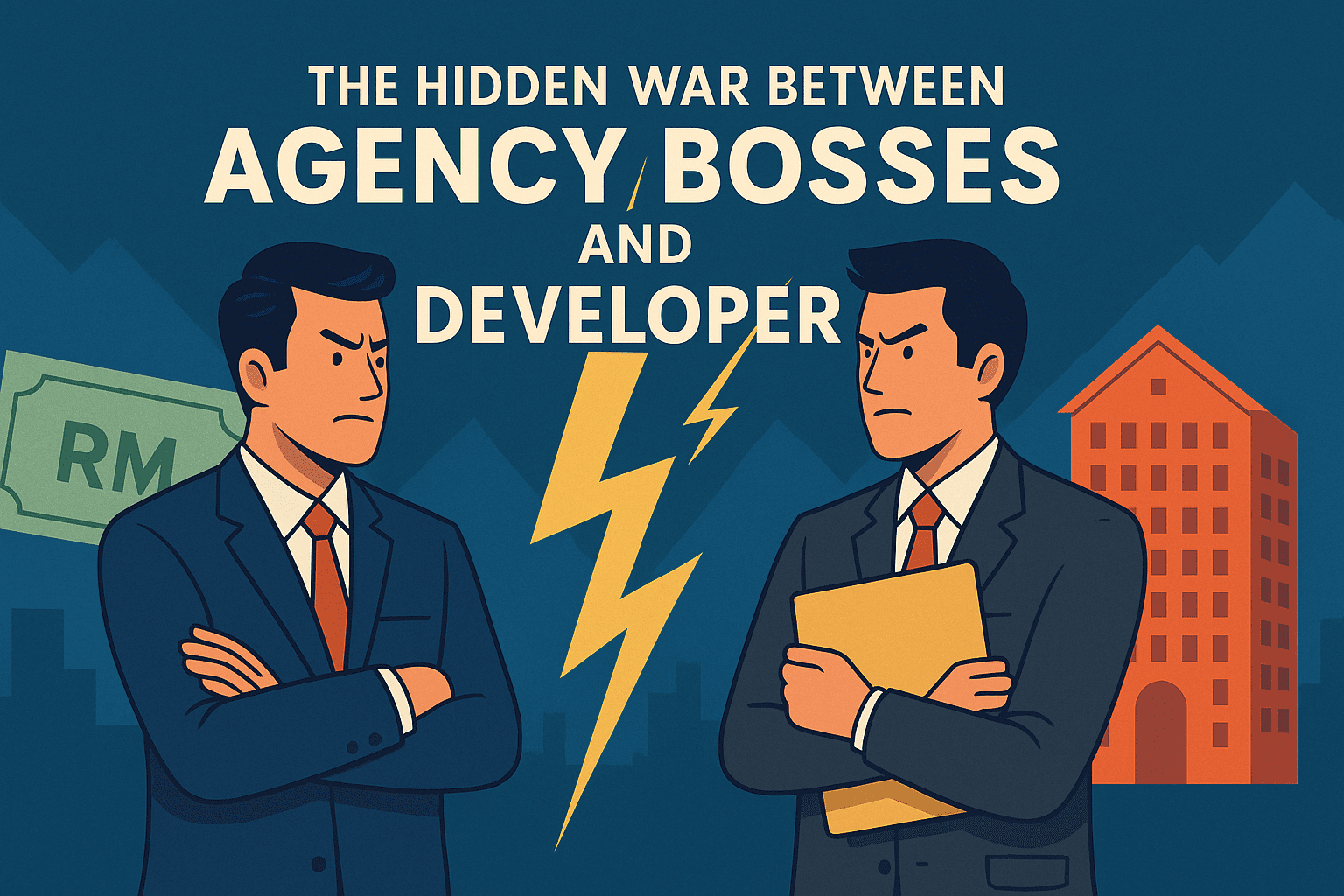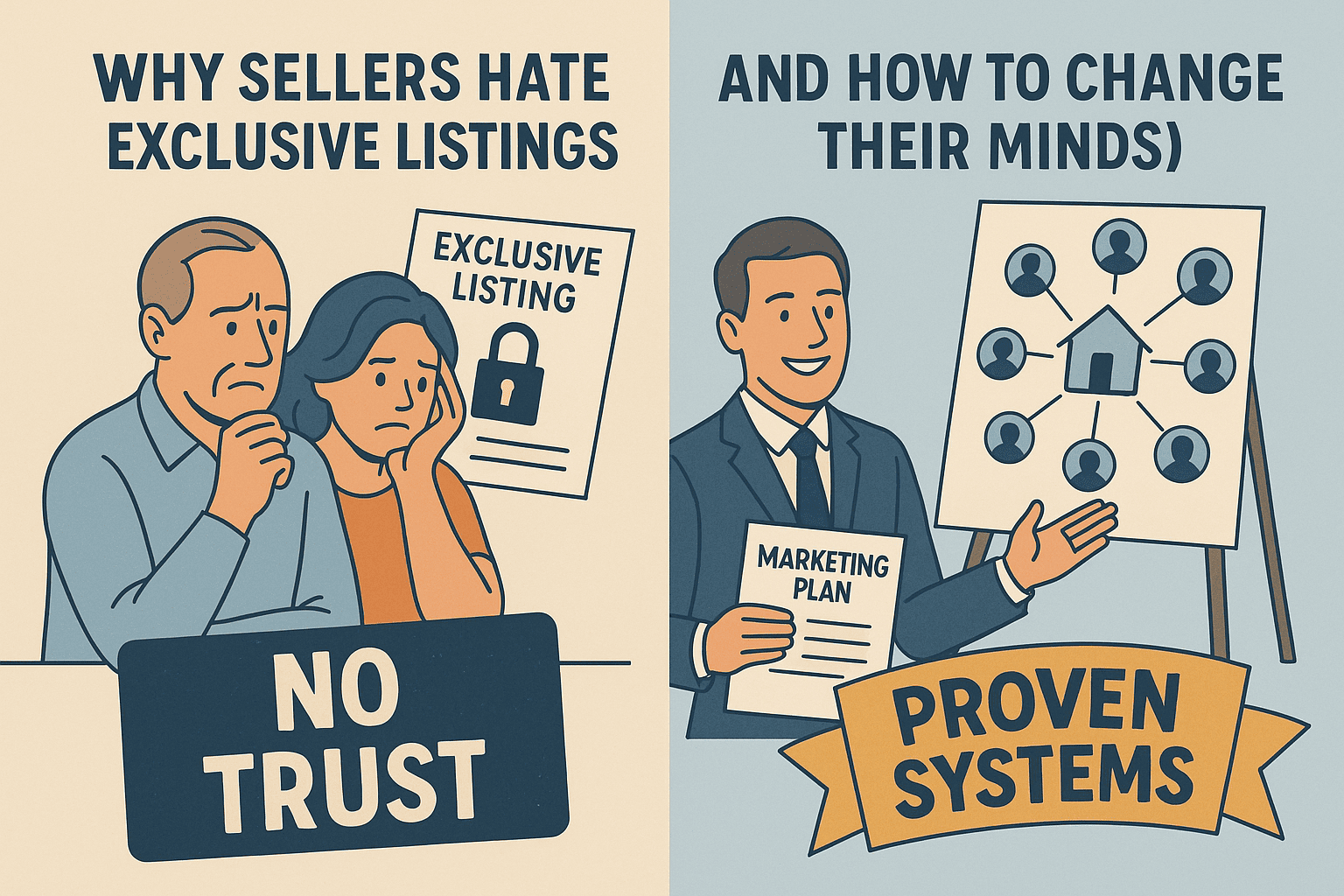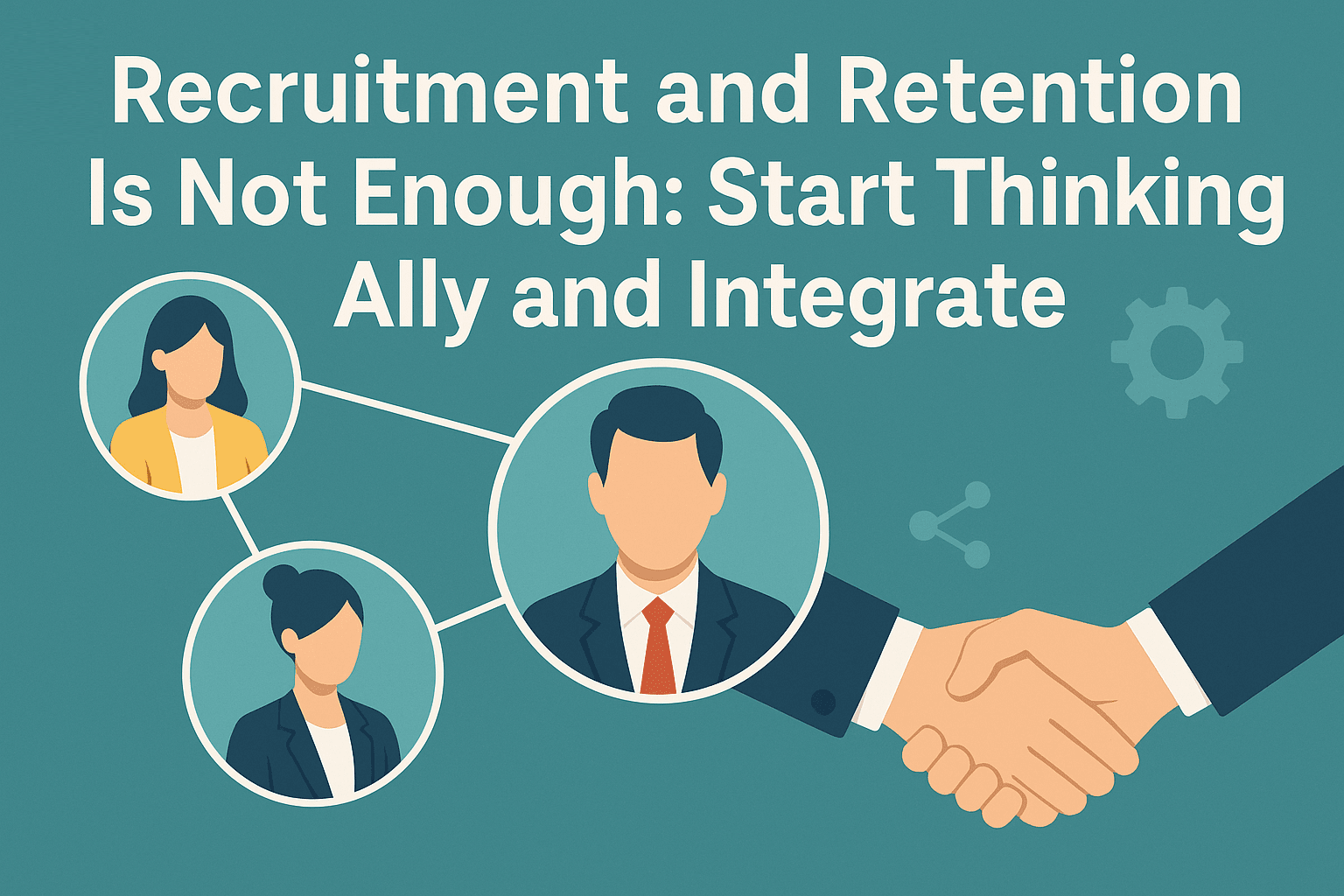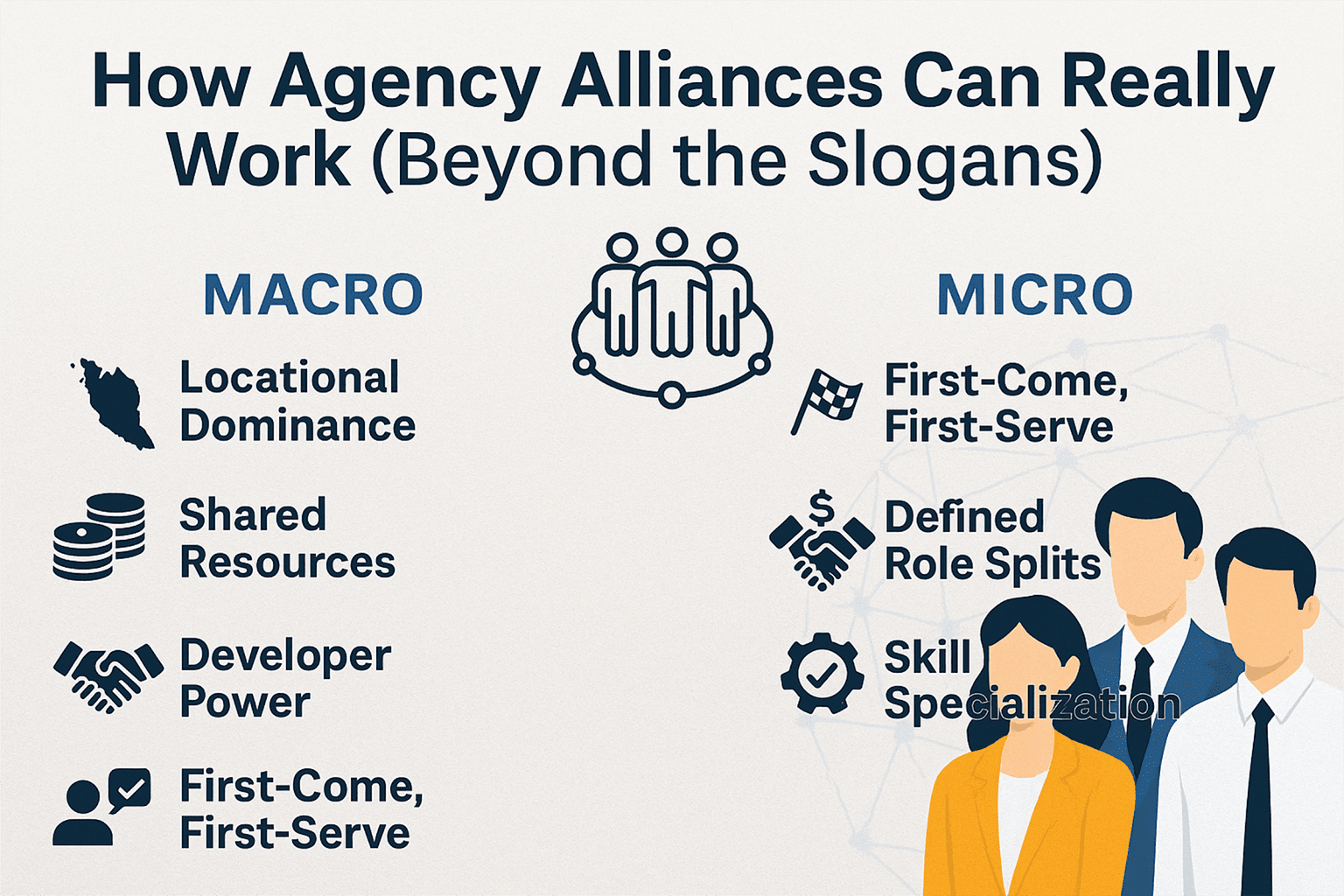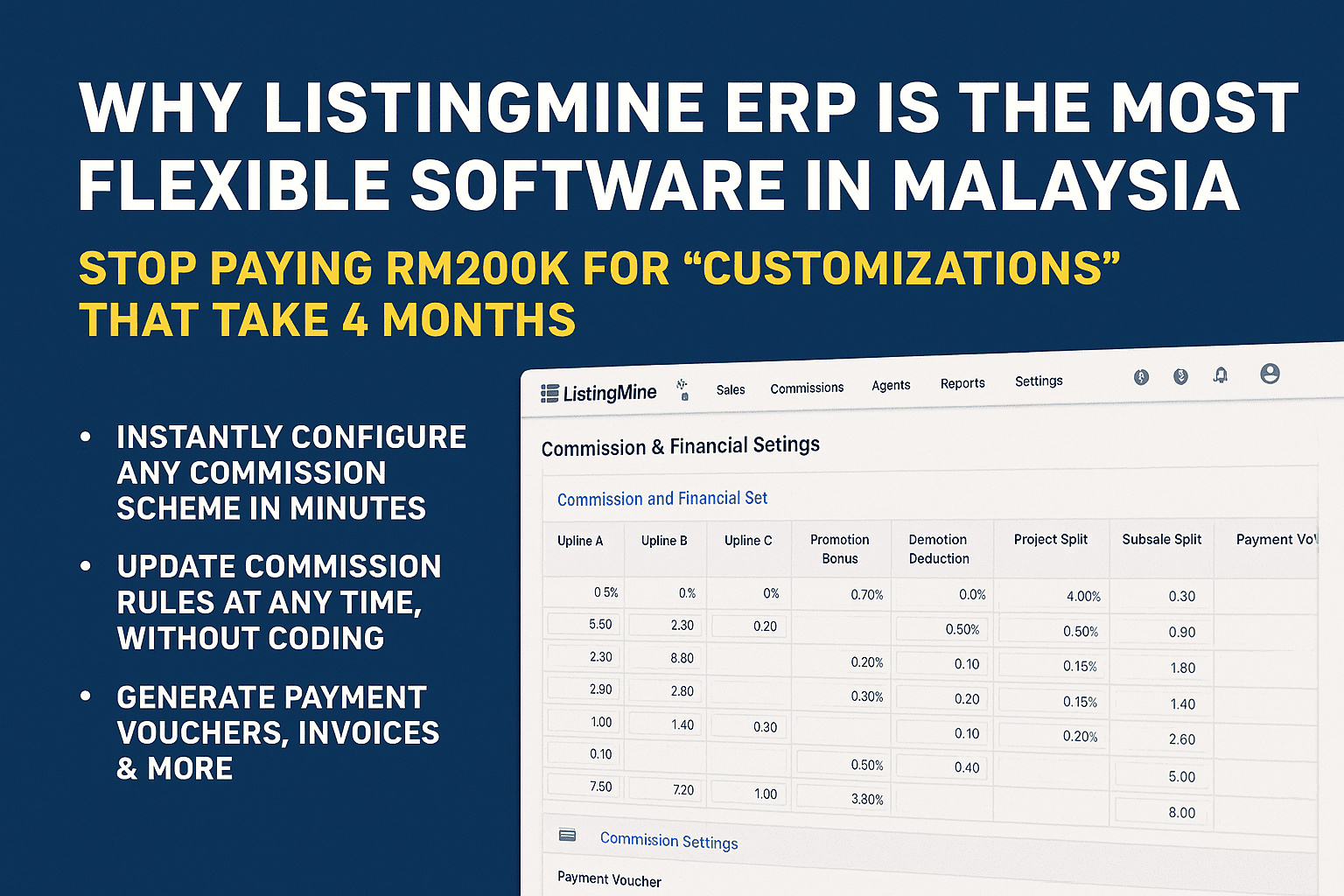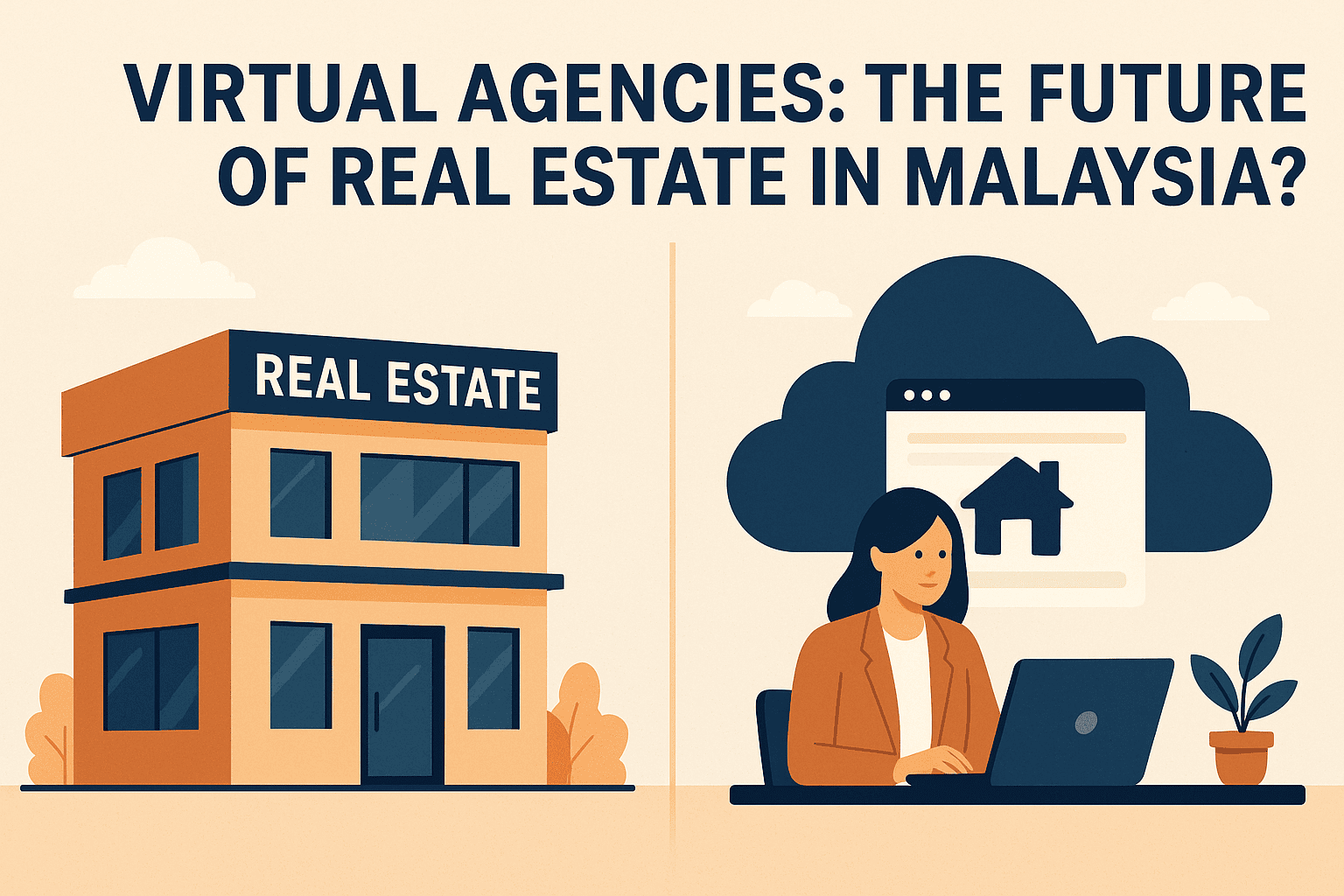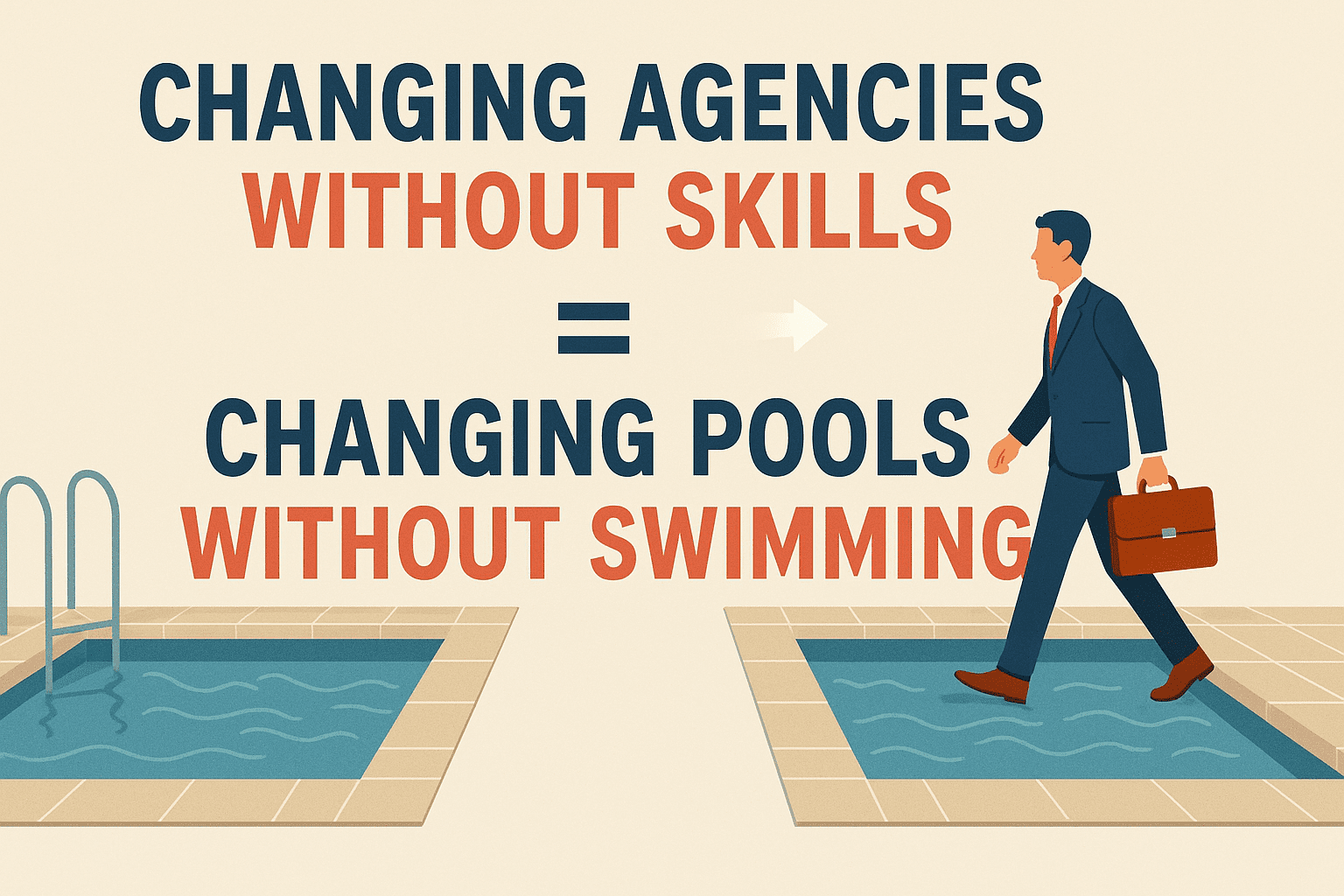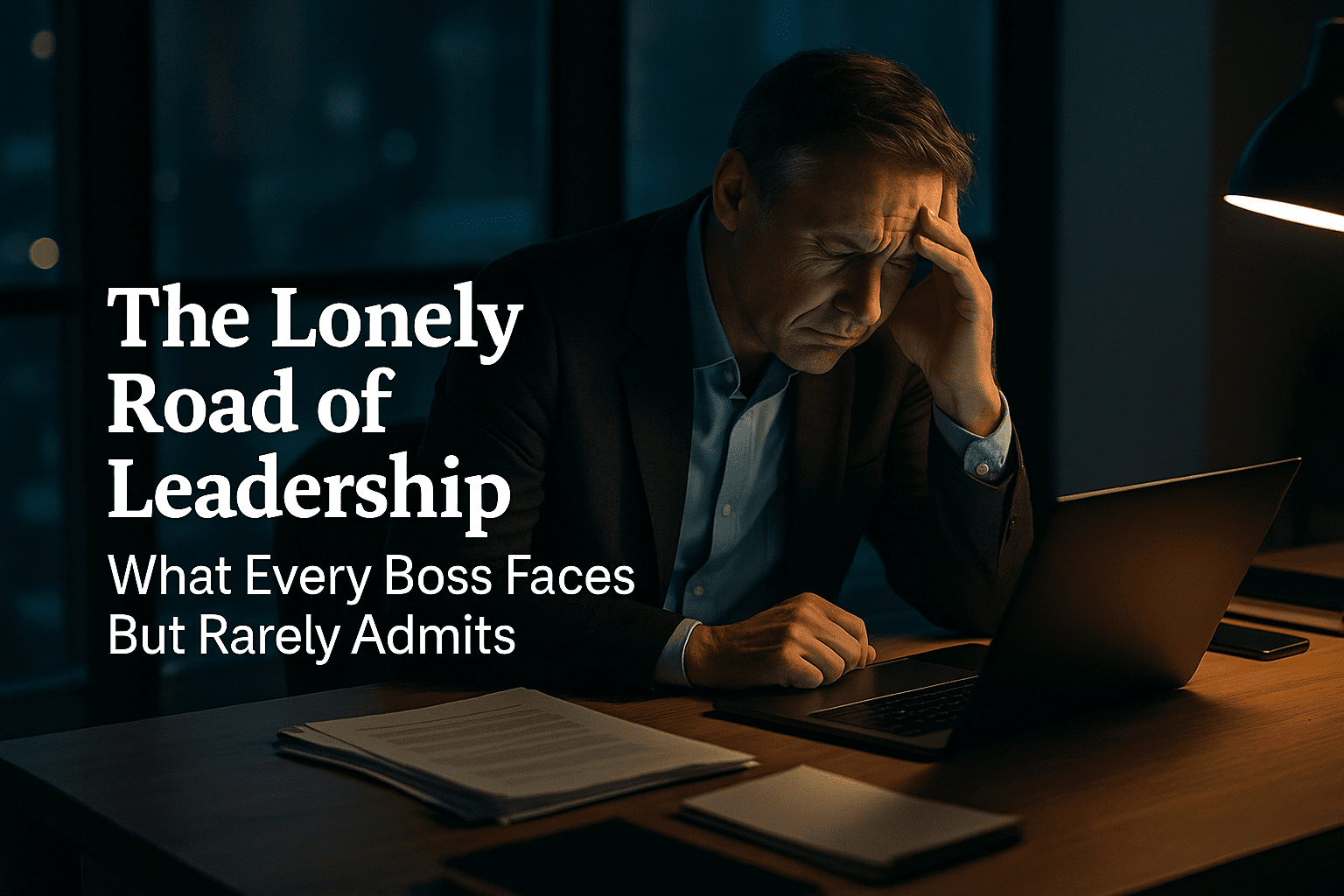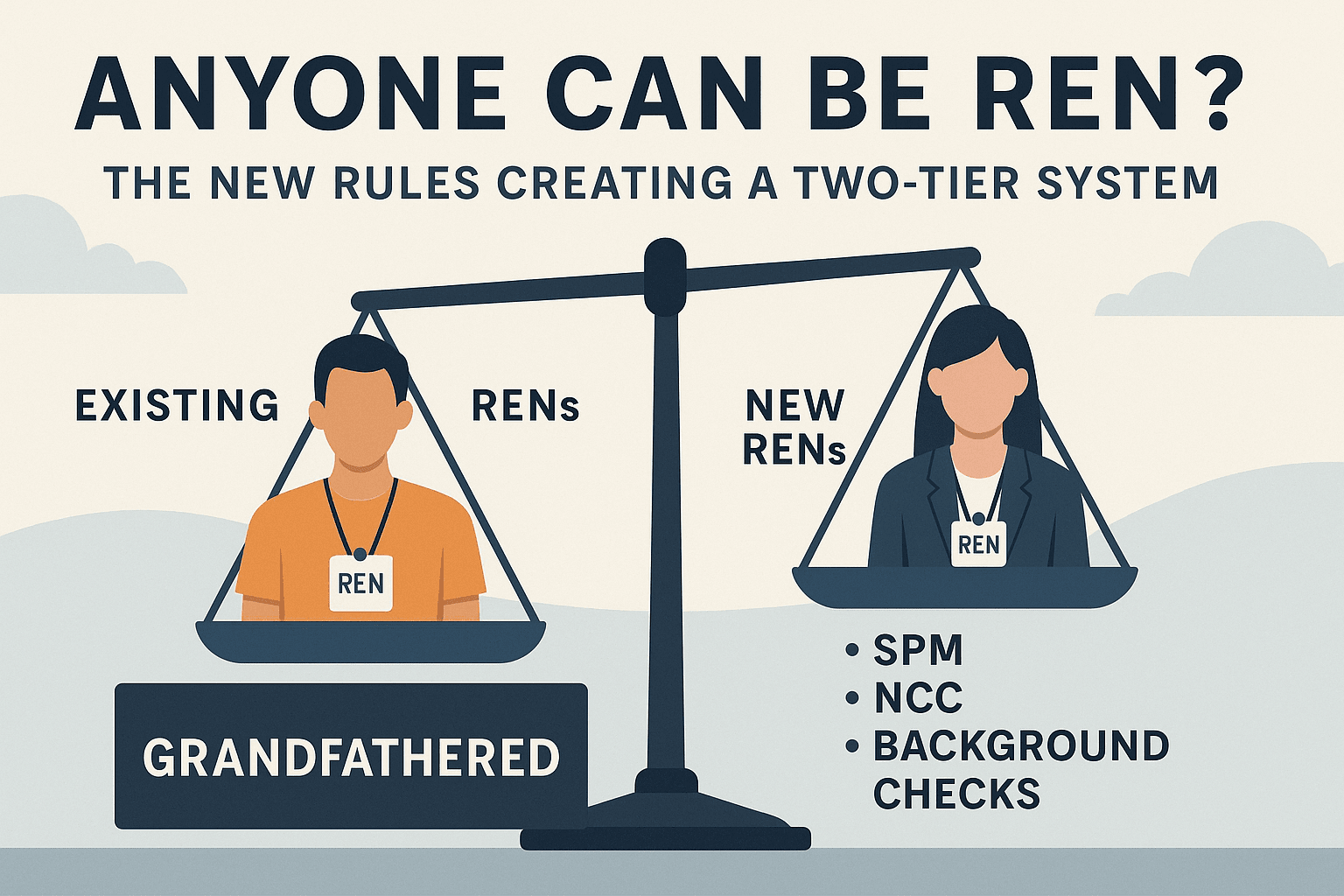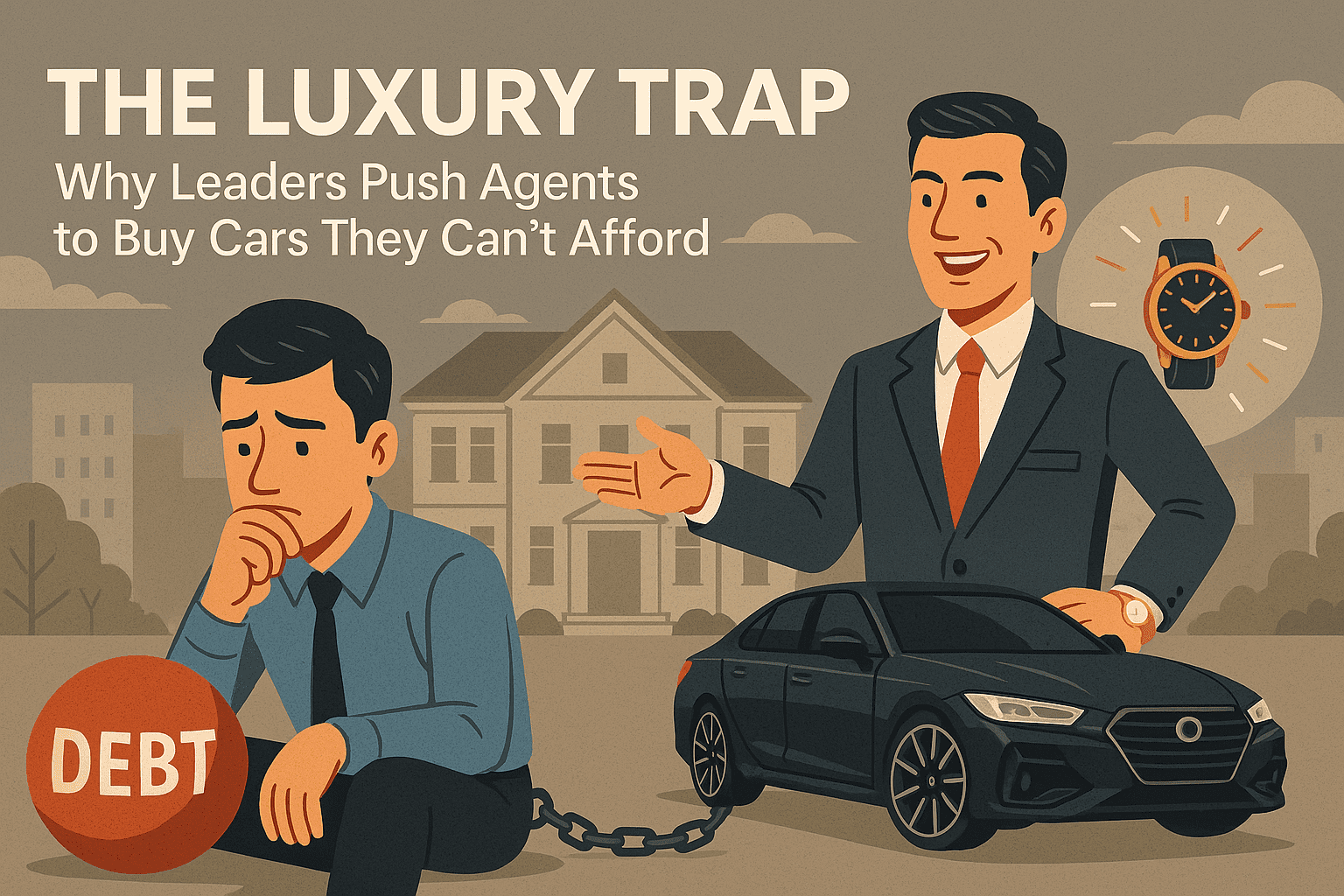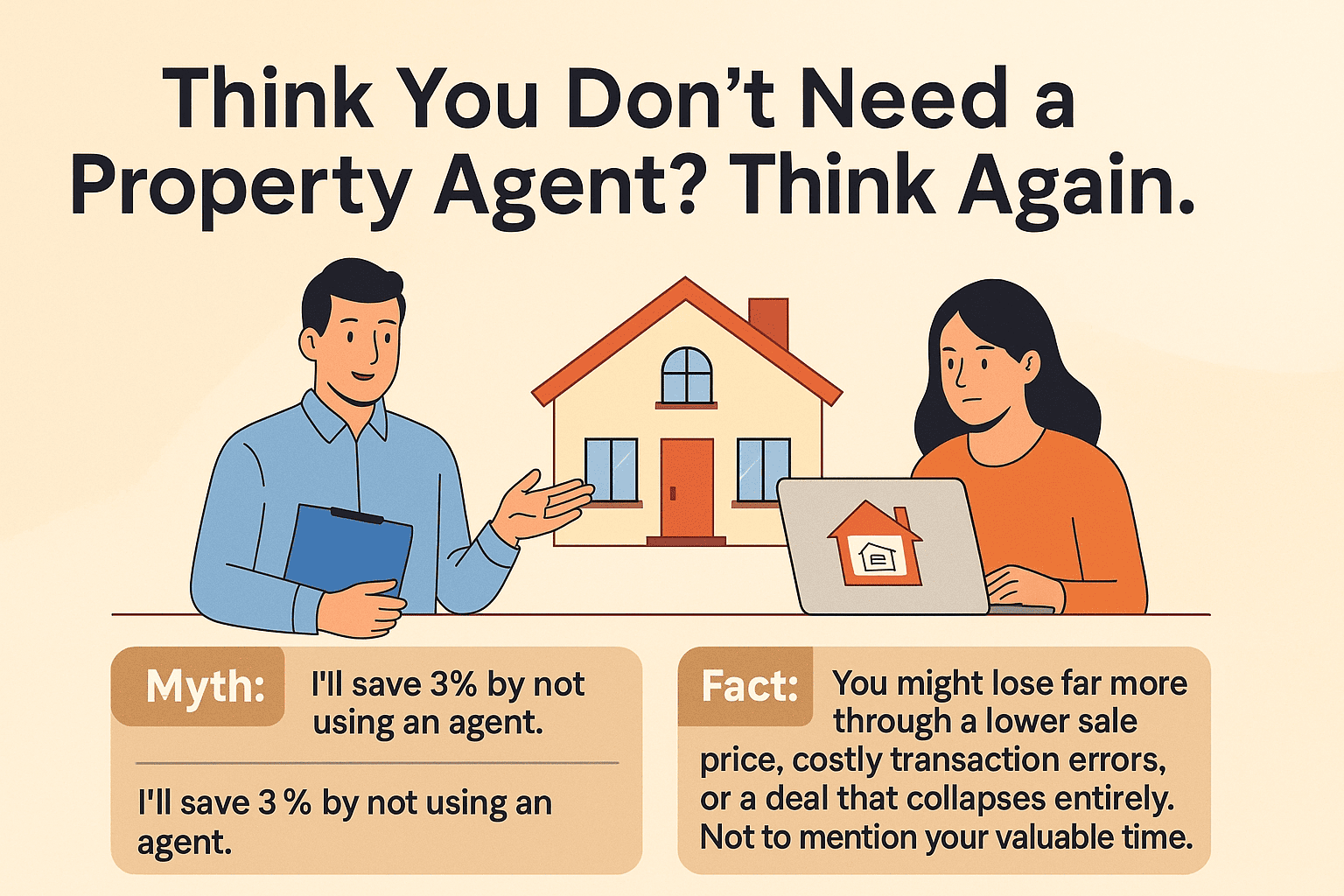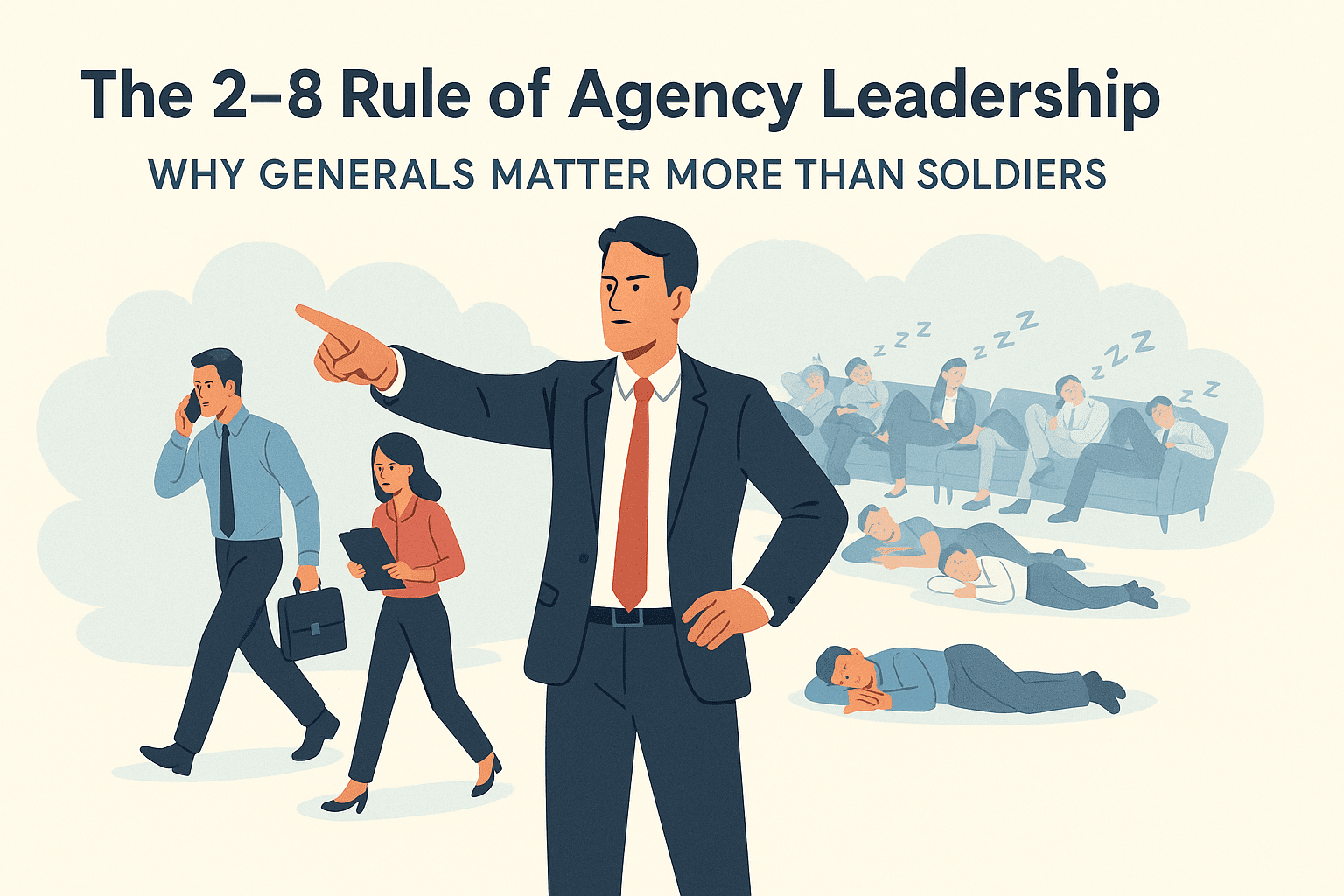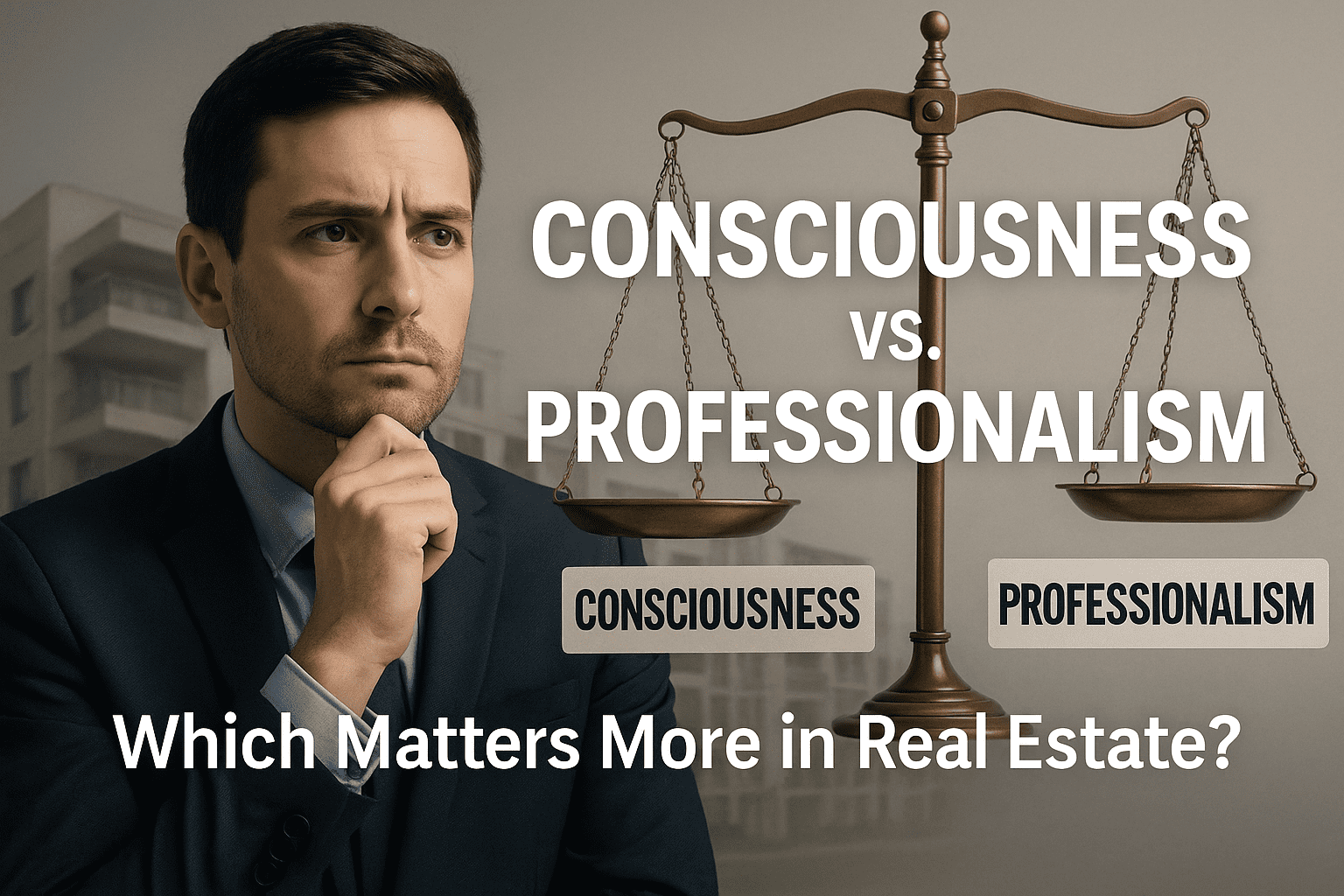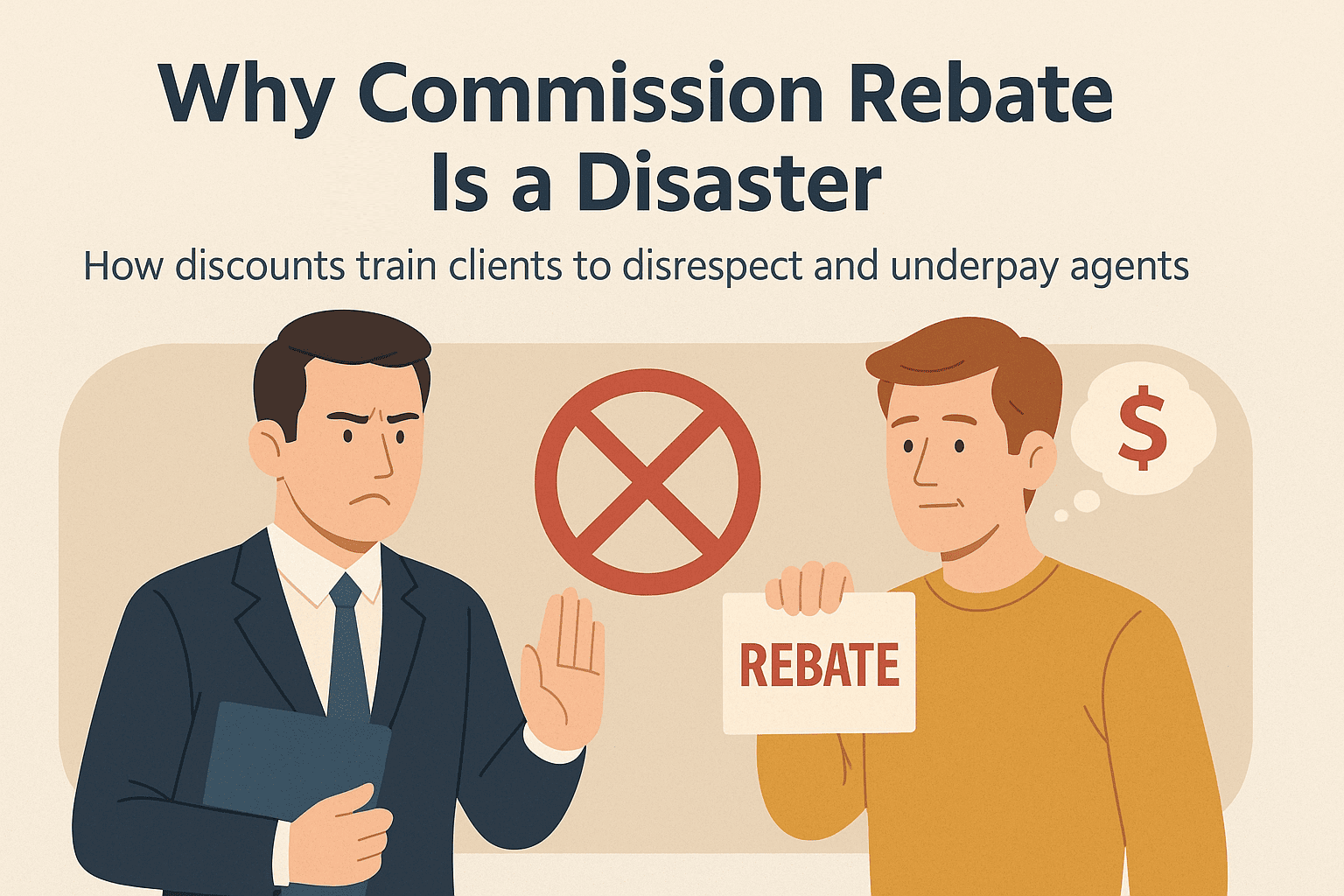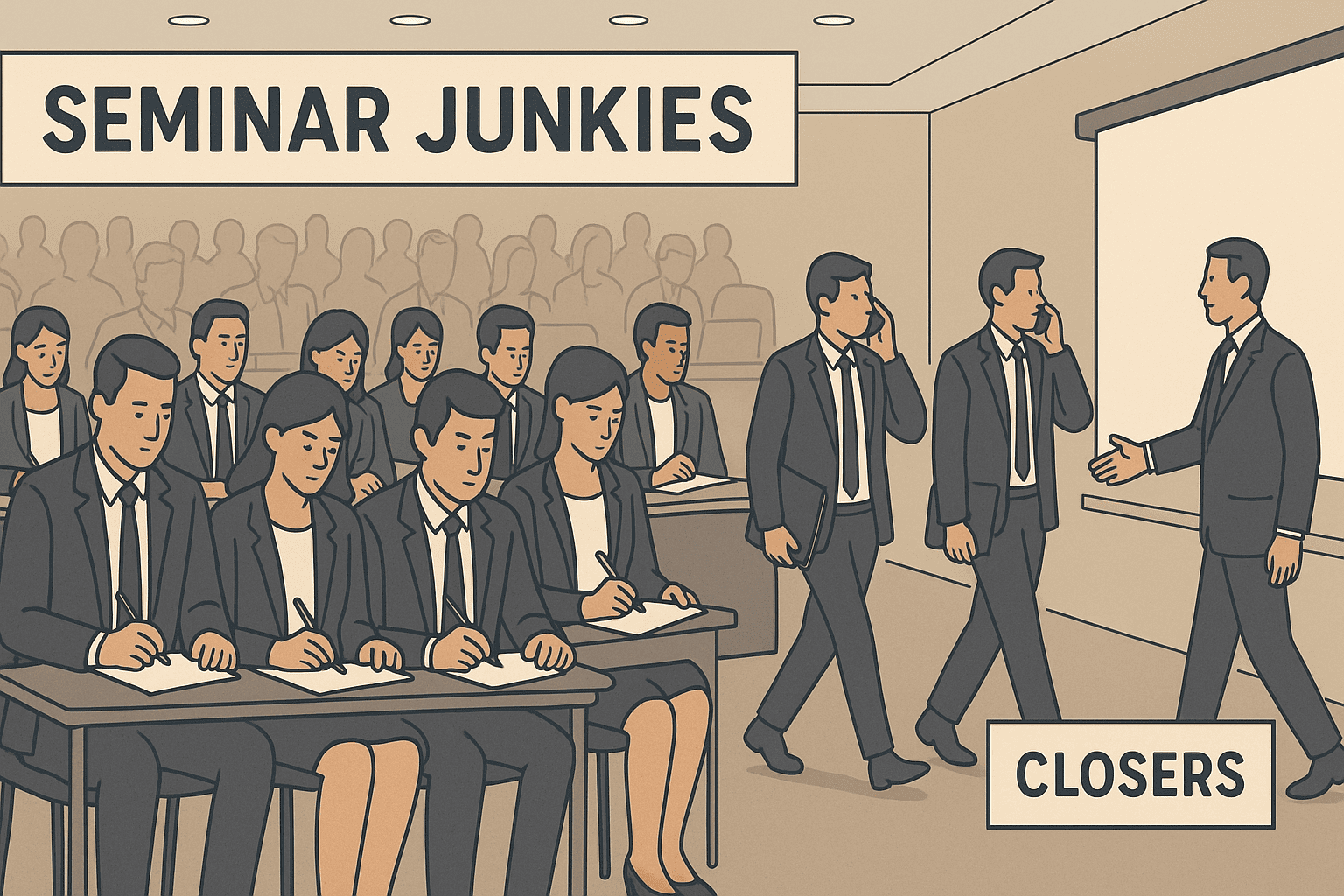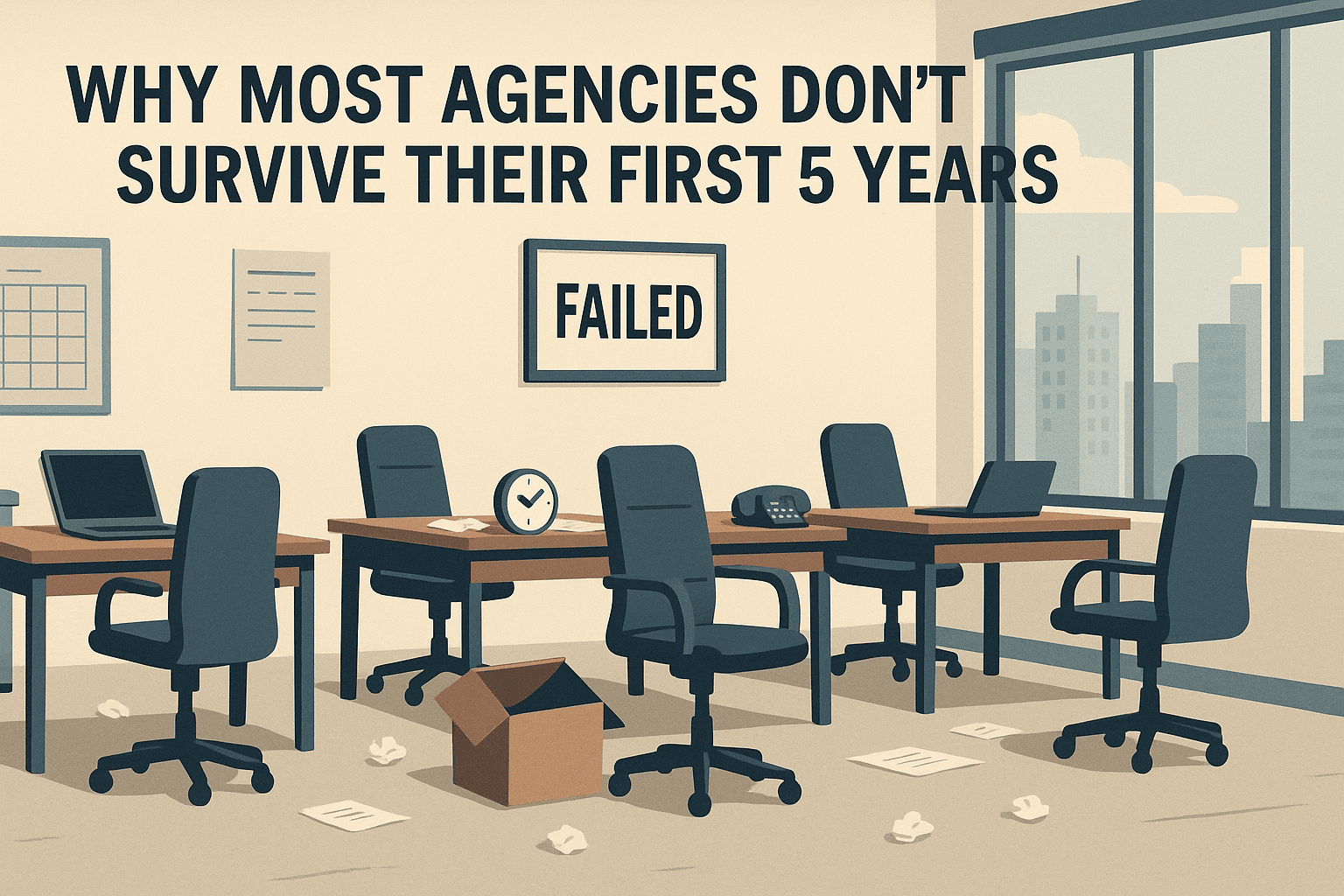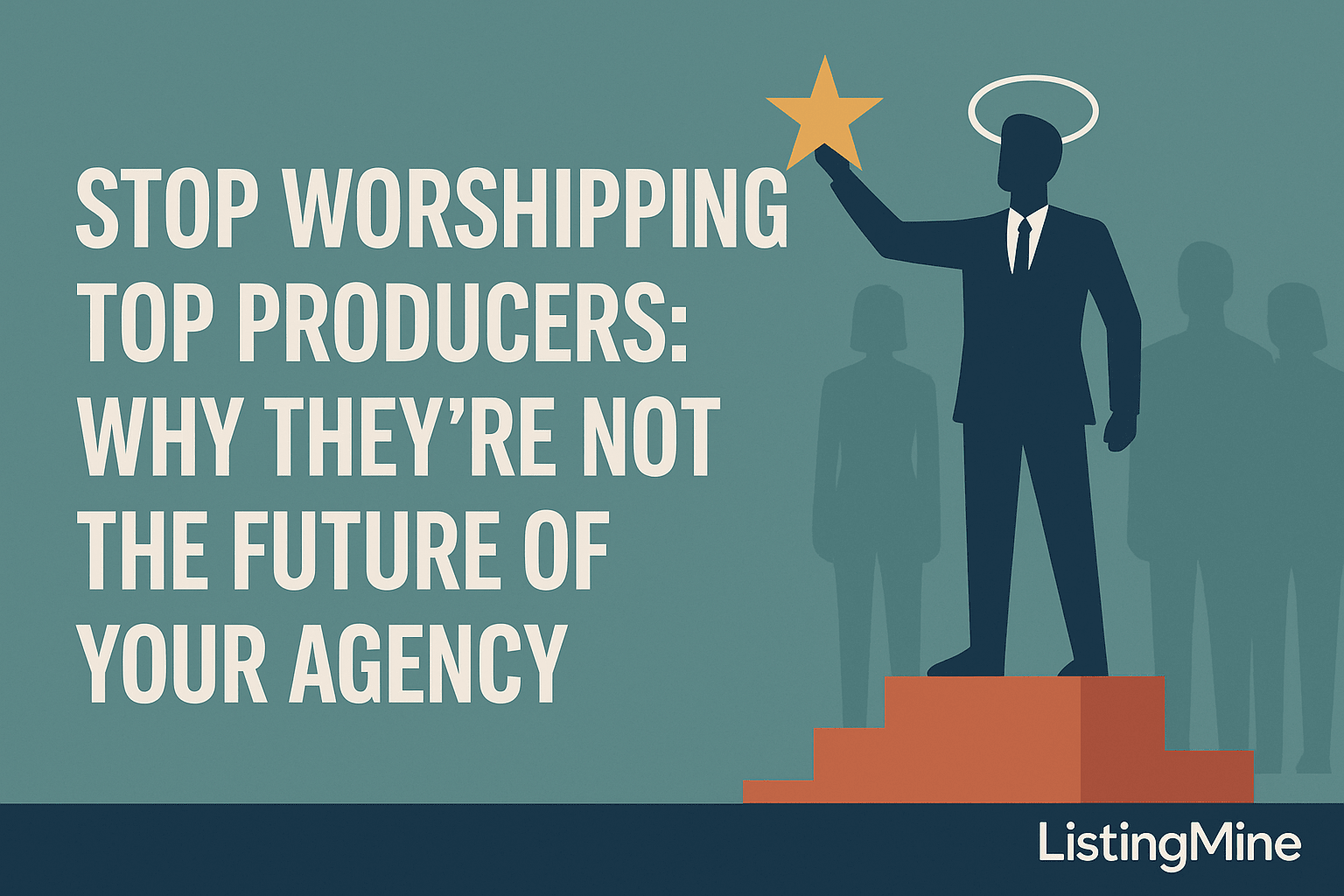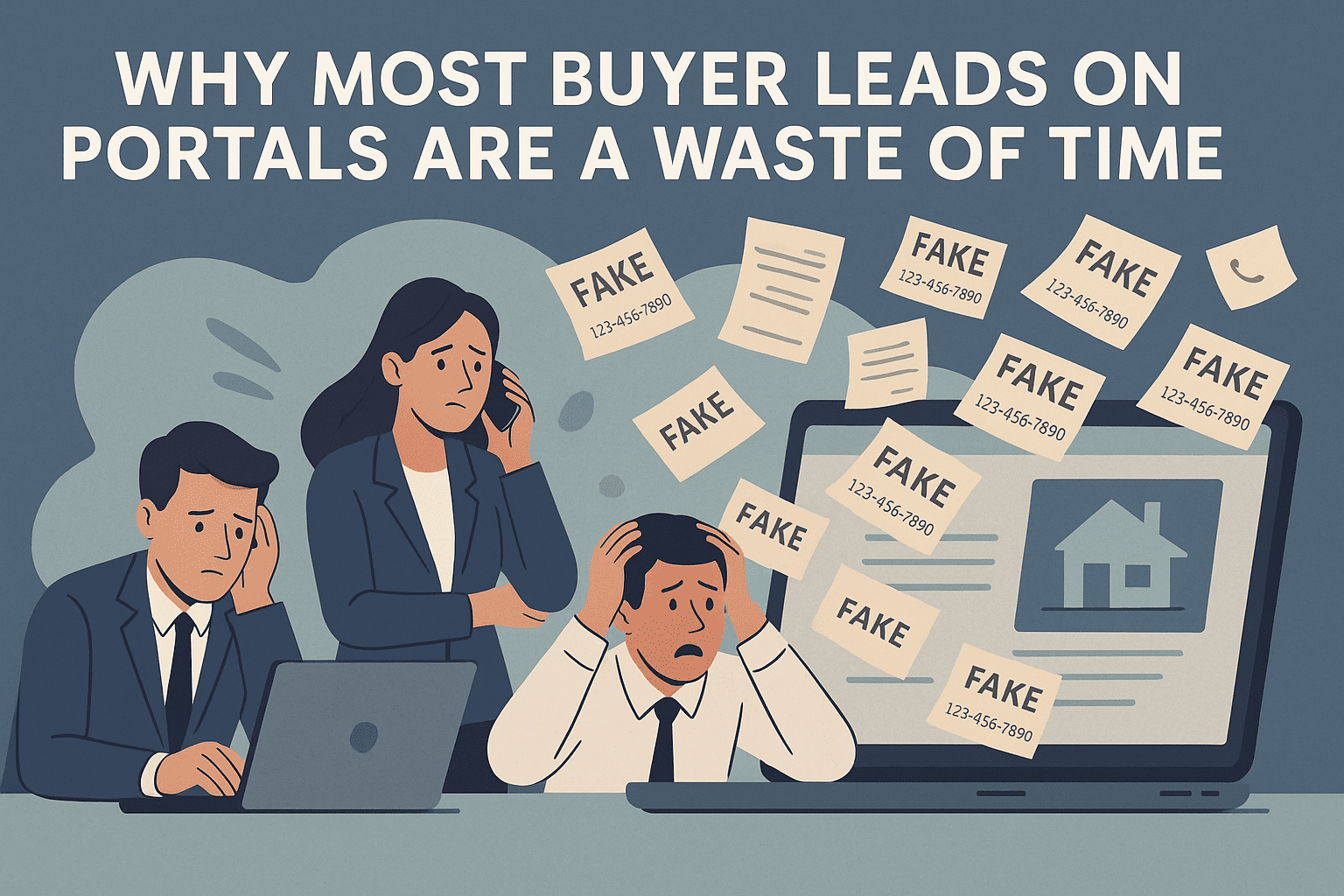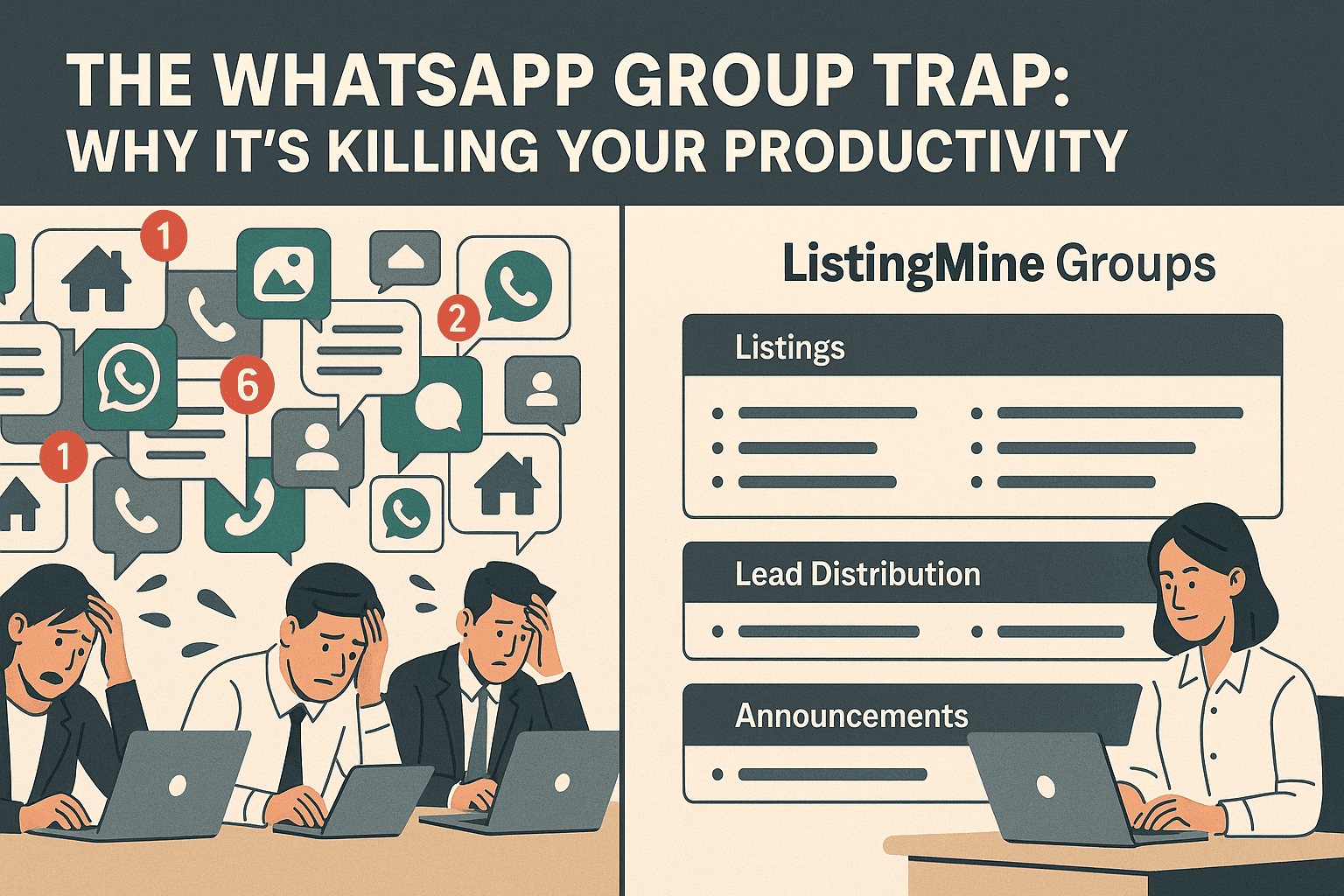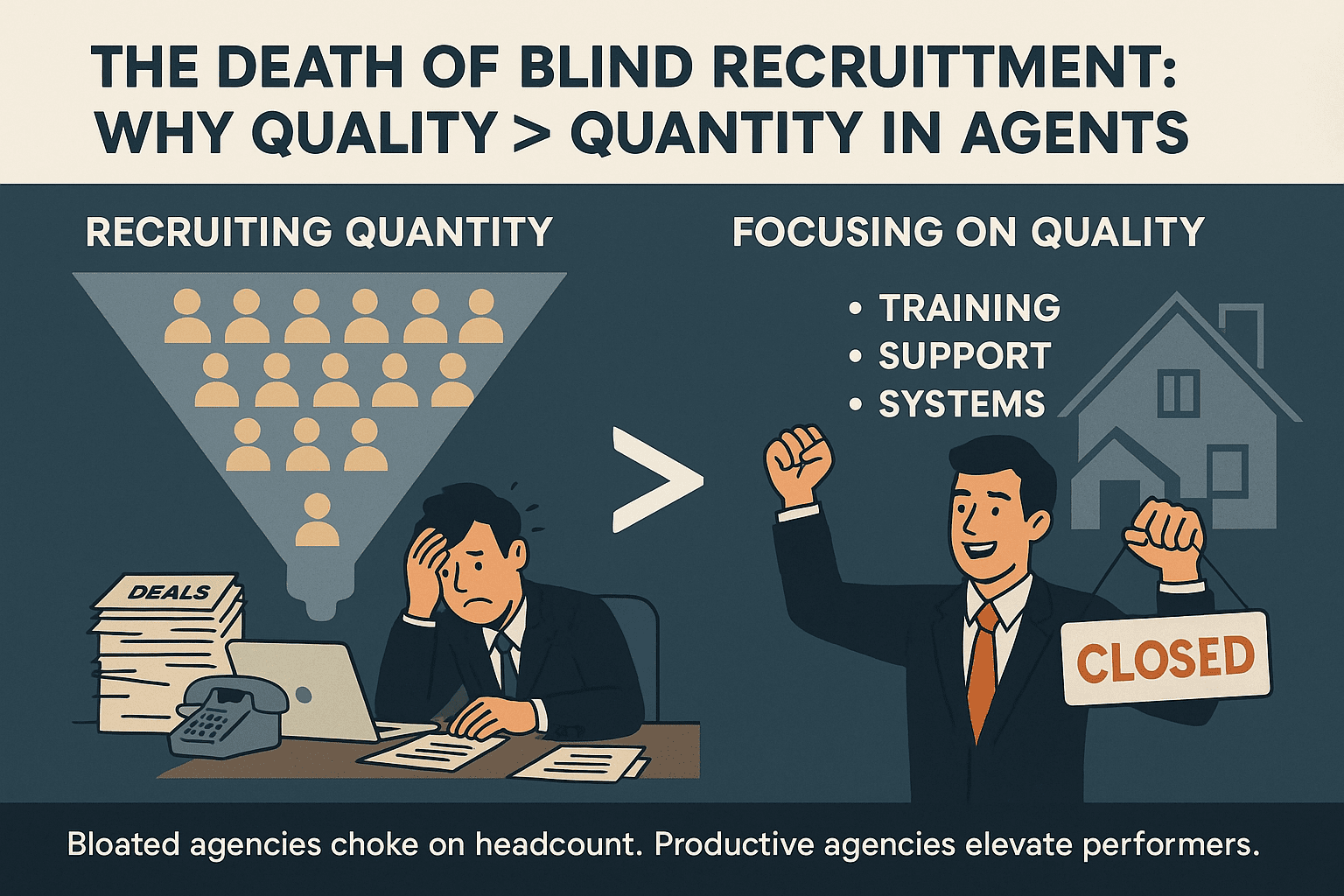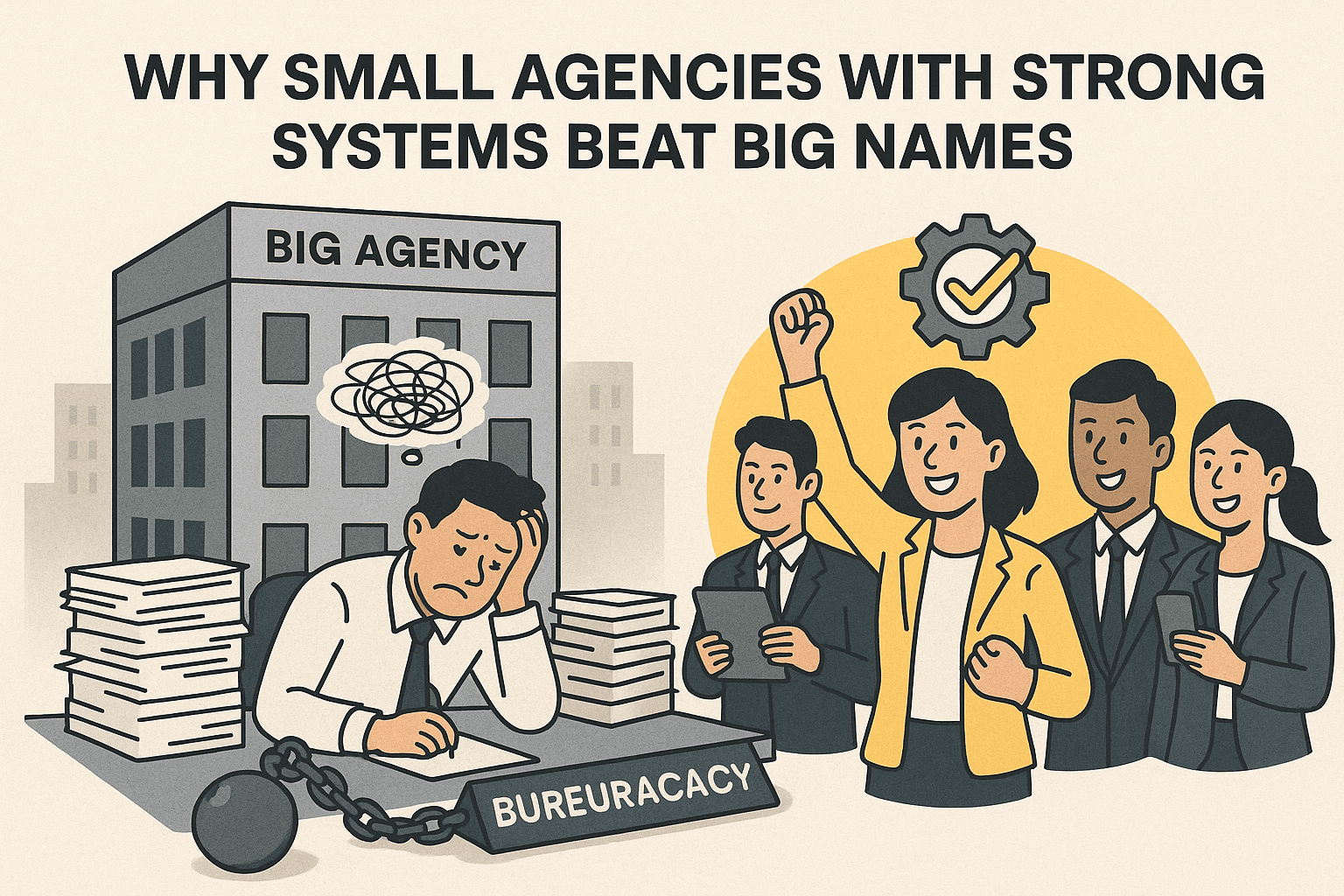From Fear to Framework: How Transparency Outperforms Threats in Compliance
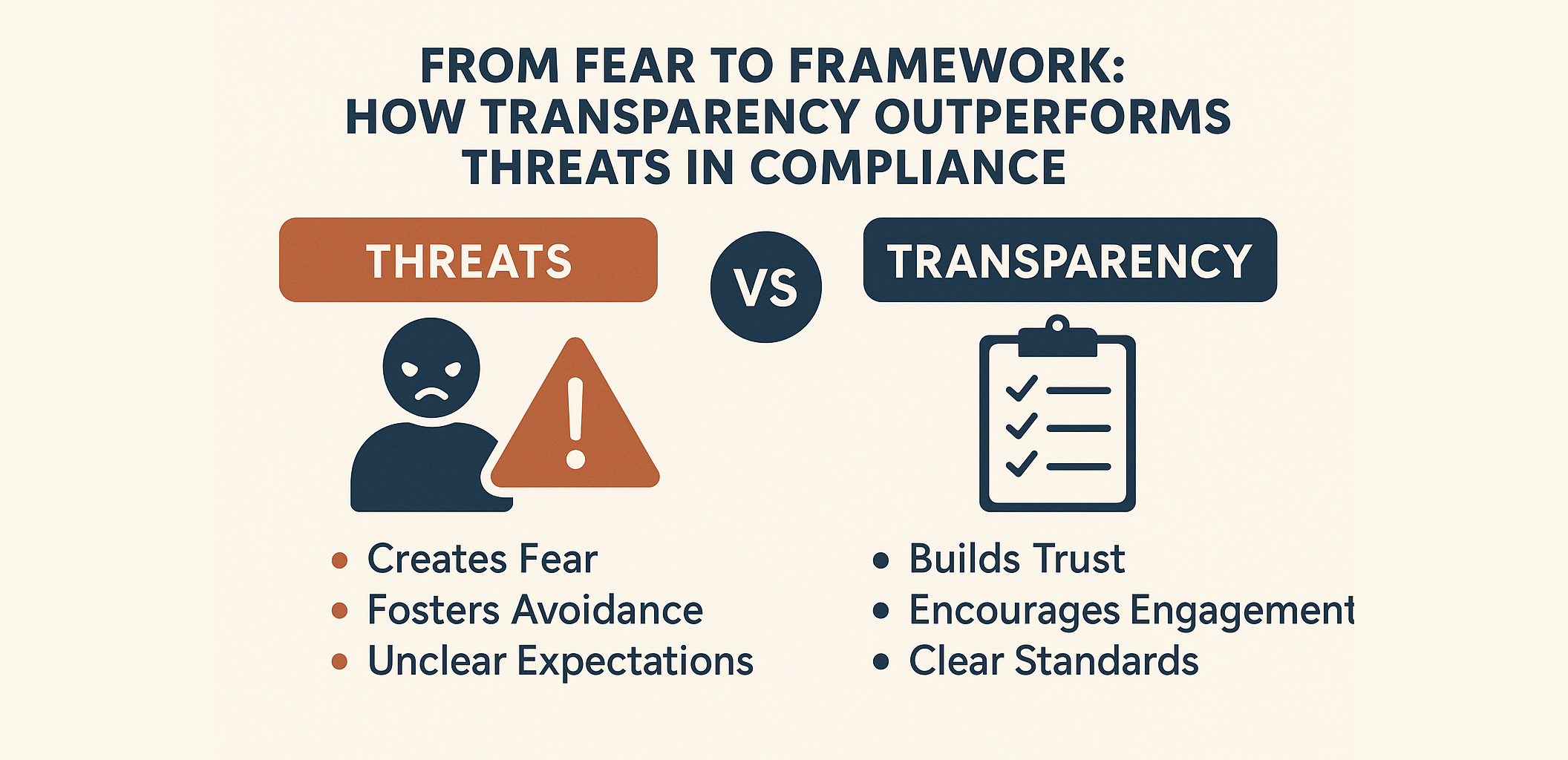
Fear Works — But Only Once
Most agencies still treat compliance like discipline:
- “Don’t do that, or you’ll get fined.”
- “If BOVAEP finds out, you’ll lose your license.”
- “Better follow PDPA or you’ll get sued.”
The intention is good — protect the firm, stay within the law.
But fear-based enforcement has a short shelf life.
It might stop one mistake, but it never builds understanding.
Once the threat fades — or the boss is not in the room — old habits return.
Why? Because fear doesn’t build trust. Frameworks do.
1. The Fear Model: Control Without Clarity
| Symptom | Description |
|---|---|
| Hidden Rules | Agents don’t know what’s allowed until they’re punished. |
| Unequal Enforcement | Fines or warnings depend on who made the mistake. |
| Reactive Culture | Issues surface only after complaints or audits. |
| Silence Over Learning | Mistakes get buried to avoid blame. |
The result? Confusion masquerading as control.
Agents fear paperwork instead of understanding why it exists.
Bosses spend time policing instead of improving processes.
That’s not compliance — that’s containment.
2. The Framework Model: Clarity Creates Autonomy
True compliance isn’t about fear; it’s about shared visibility.
When everyone can see how rules work — and how they protect all sides — behavior improves naturally.
A good framework turns compliance from punishment into protection.
| Element | Fear-Based Model | Framework Model |
|---|---|---|
| Policy | Hidden, verbal, subjective | Documented, accessible, standardized |
| Process | Manual policing | Automated checkpoints |
| Education | Threat reminders | Context-based learning |
| Outcome | Blame culture | Trust & accountability |
Transparency doesn’t just reduce mistakes. It builds confidence — for agents, clients, and regulators.
3. Why Transparency Wins in Malaysia’s Legal Landscape
Malaysia’s property sector is entering a compliance convergence era — where multiple laws overlap:
- Act 242: Marketing without consent is illegal.
- PDPA: Data collection must be lawful, transparent, and purposeful.
- AMLA: All client funds and documents must have traceable records.
These laws were never meant to scare — they were meant to standardize. When your system can show who, what, and when — you’re already ahead of 90% of the market.
Transparency turns compliance into a competitive advantage:
- You can prove client consent instantly.
- You can show transaction trails without chasing WhatsApp chats.
- You can onboard new agents without re-teaching the same warnings.
4. Building Your Transparency Framework
You don’t need a legal department — you need a repeatable system.
- Step 1: Map Every Sensitive Action
Who collects owner info?
Who advertises the listing?
Who handles deposits?
If a step involves data or money — label it “trace-required.” - Step 2: Replace Reminders with Logs
Instead of “Please remember to…” → “System will not proceed unless uploaded.” - Step 3: Make Rules Visible at the Point of Action
When an agent tries to upload a listing, show:
“This property has no appointment letter. You can store privately, but not advertise.”
That’s live education, not post-mortem punishment. - Step 4: Reward Transparency
Compliance should earn points — not penalties.
When agents see that honesty is rewarded, you get more truth, less hiding.
5. Why Threats Fail, But Systems Scale
Threats depend on hierarchy.
Frameworks depend on logic.
Threats need someone watching.
Frameworks watch themselves.
In a business of independent agents, fear cannot scale.
But clarity and auditability can — across 10 or 1,000 people.
When everyone knows the rules — and the system enforces them fairly — compliance becomes effortless.

